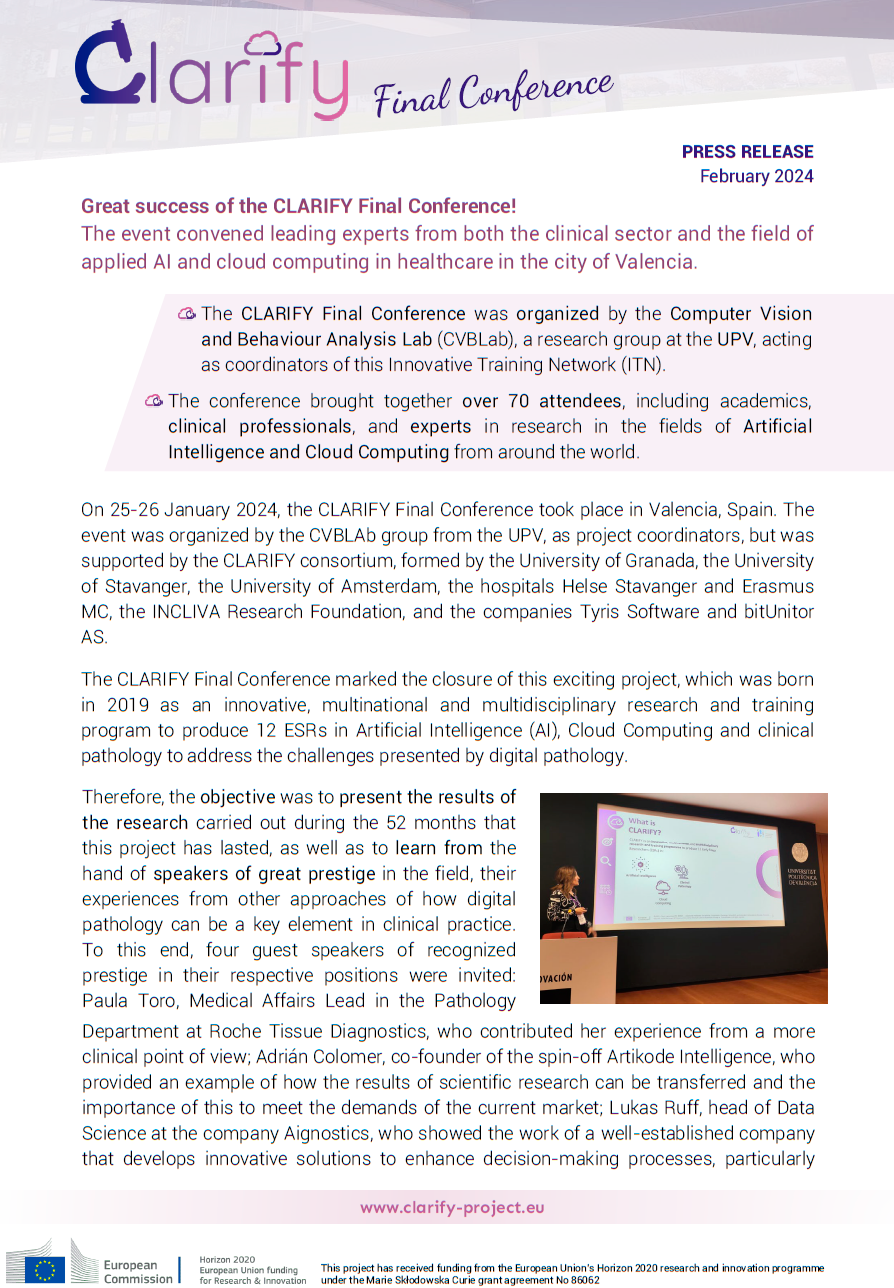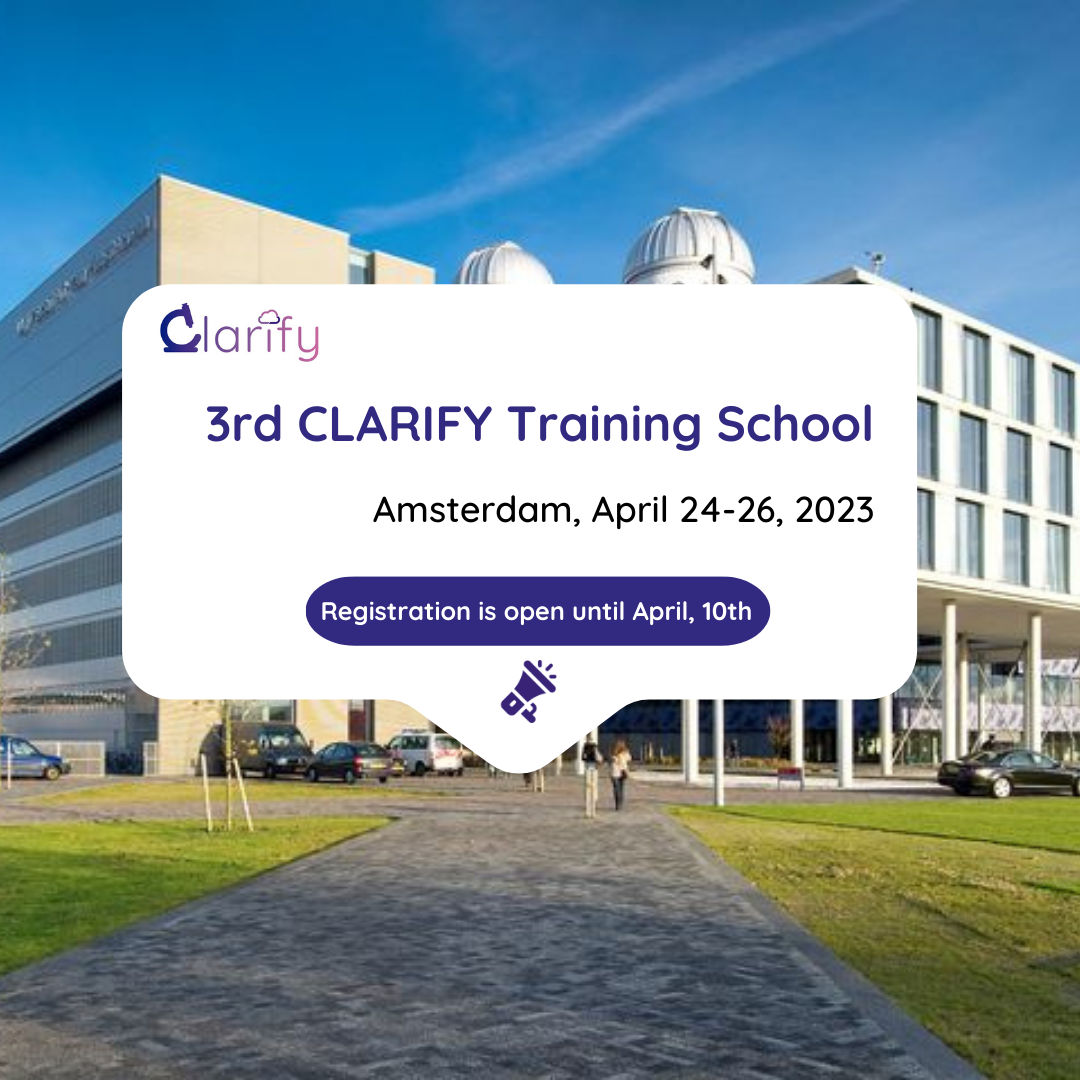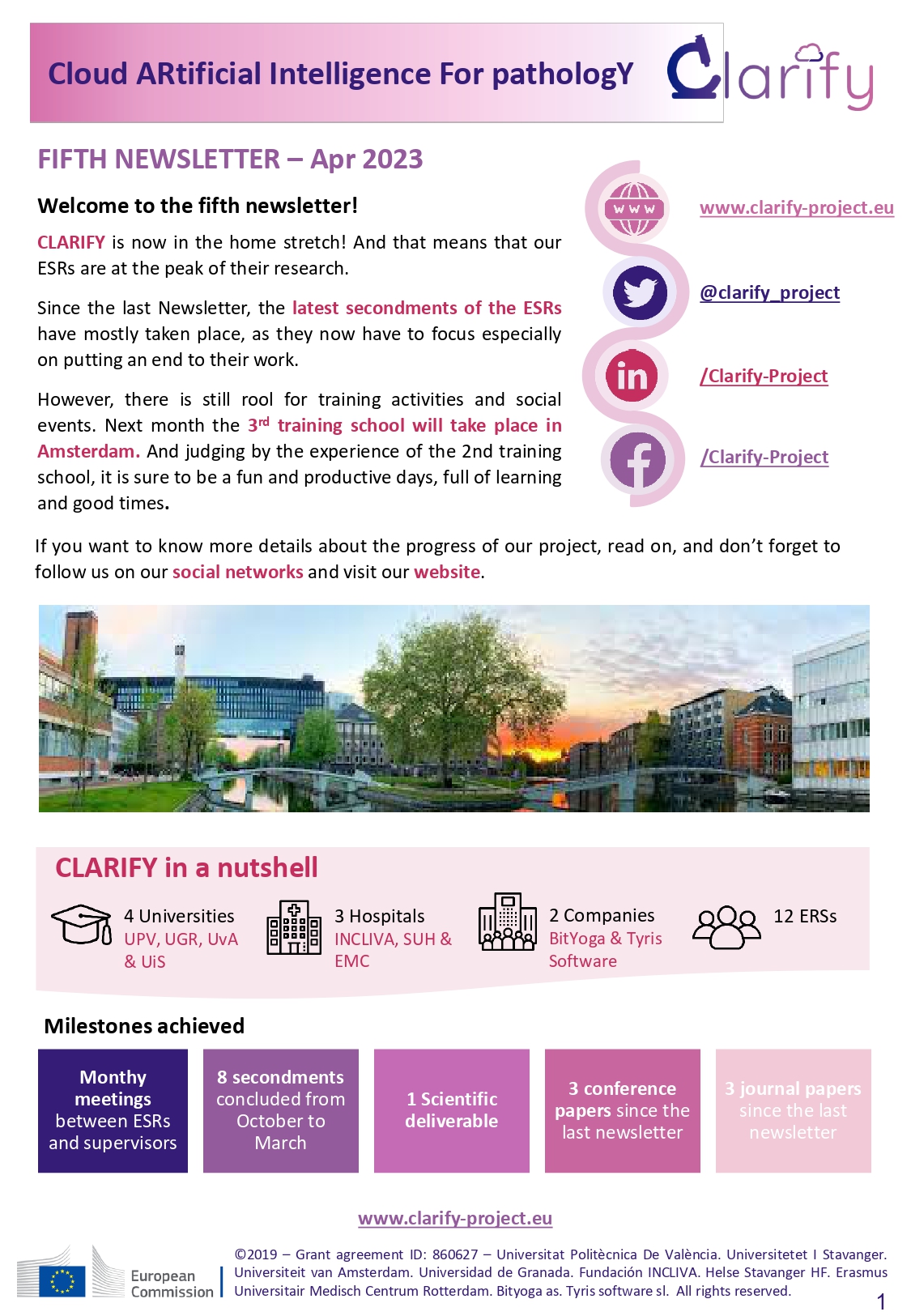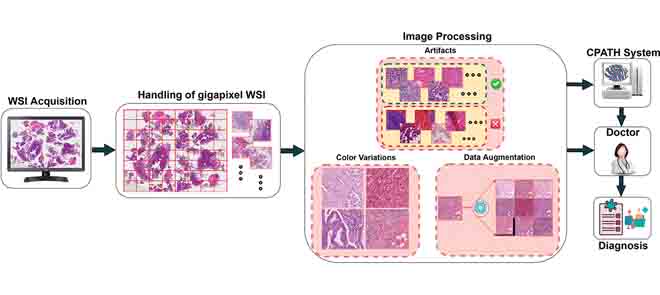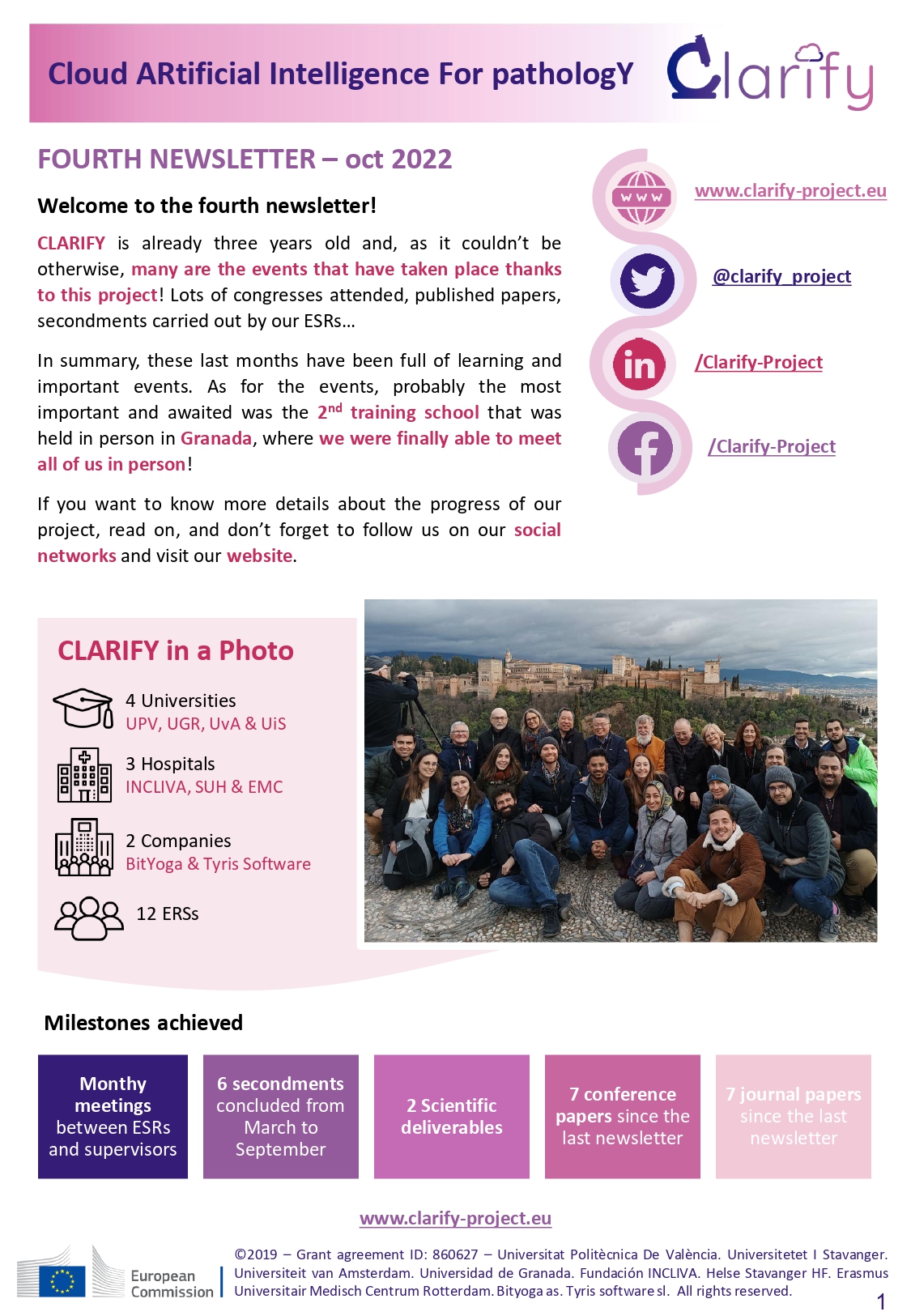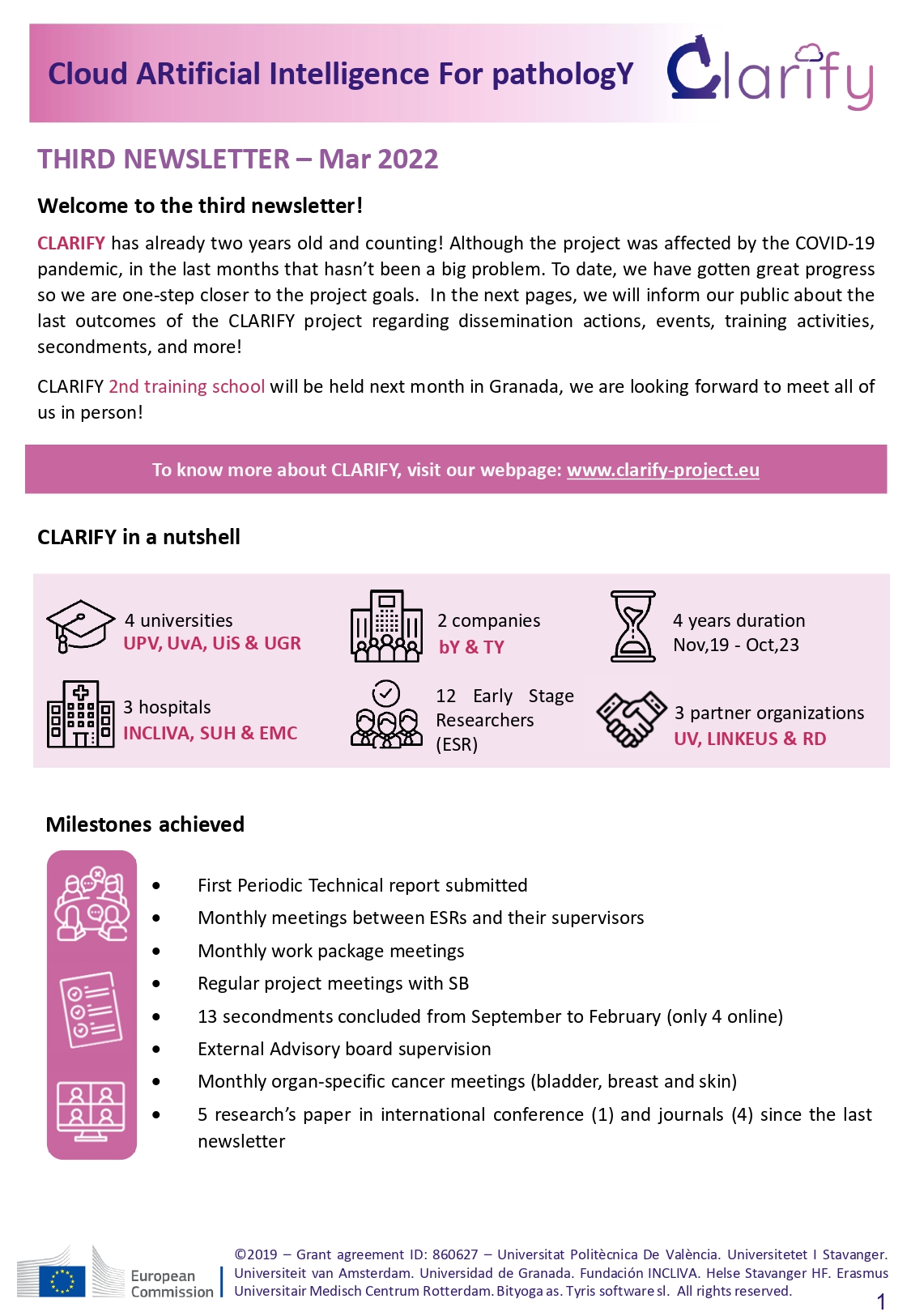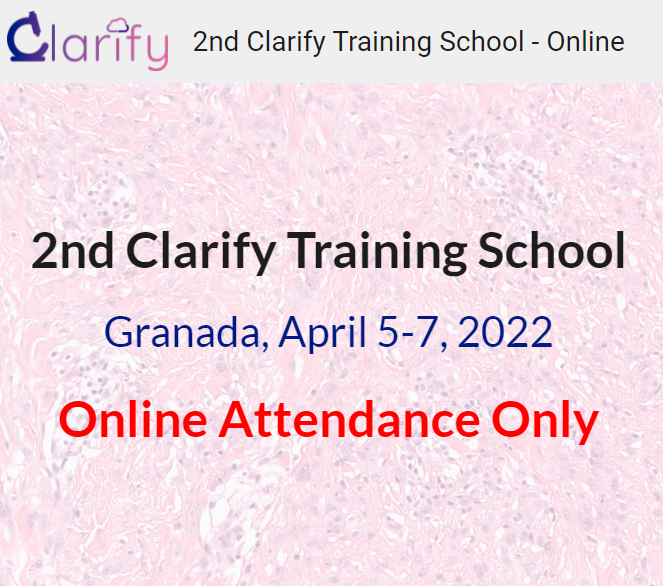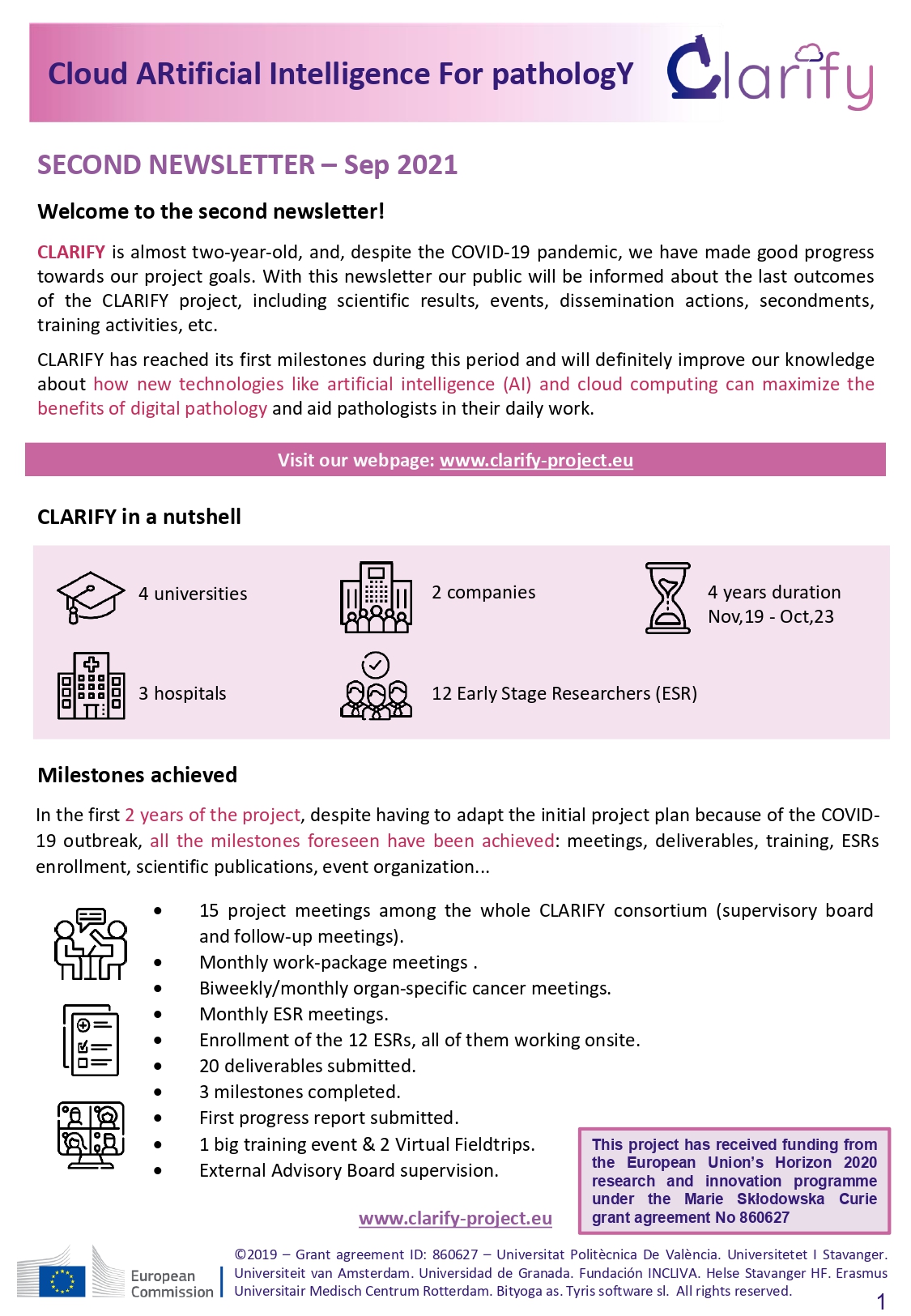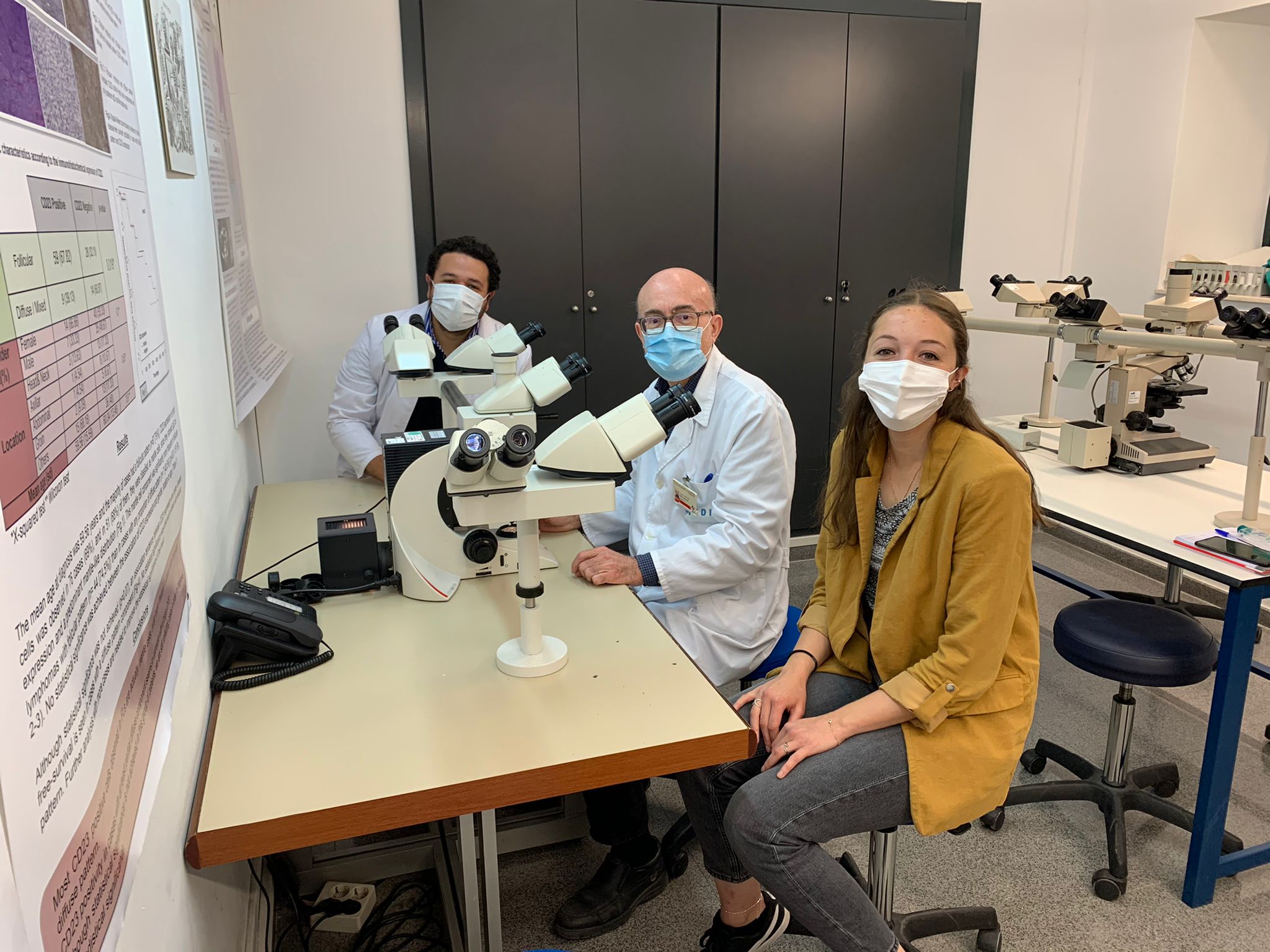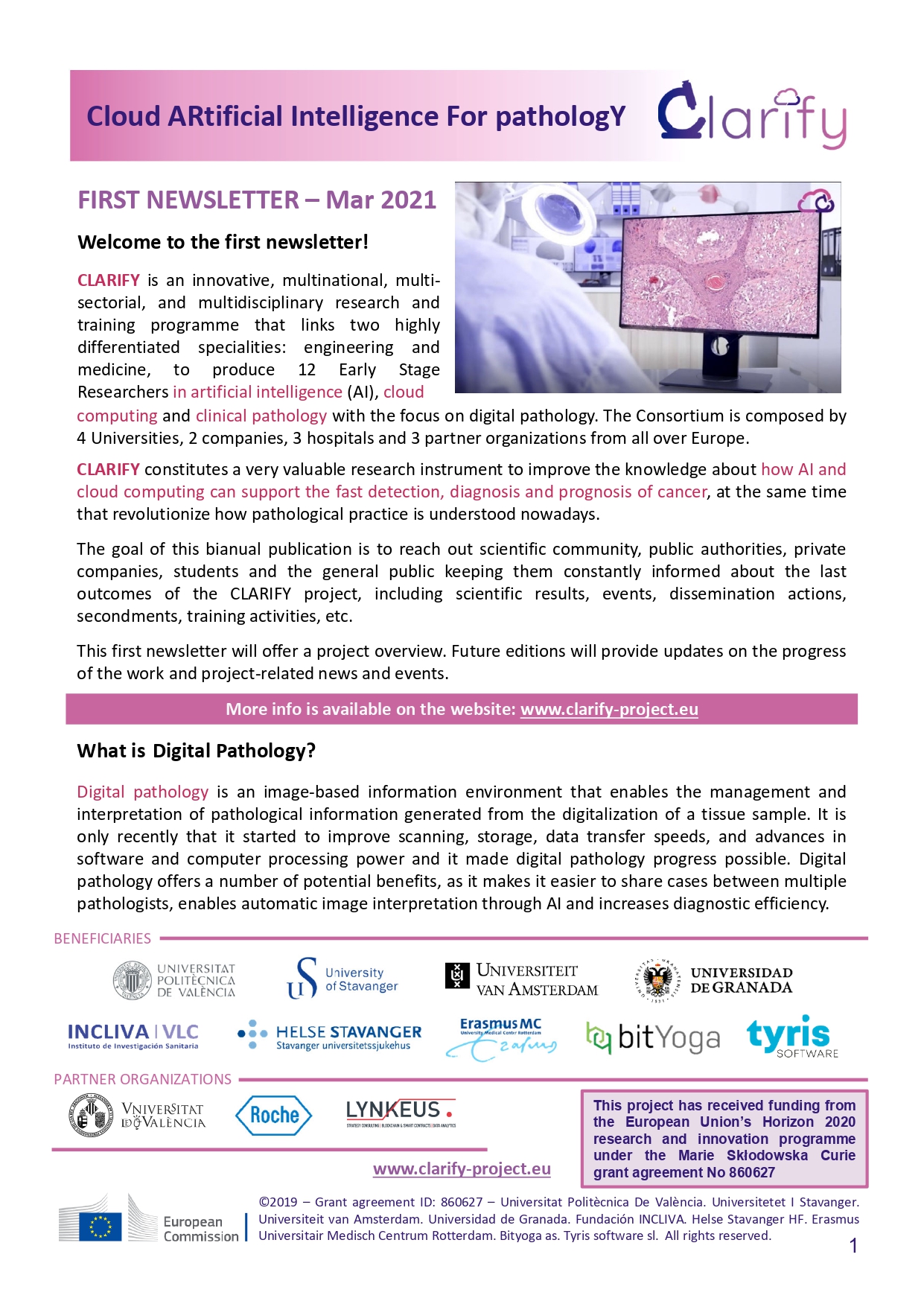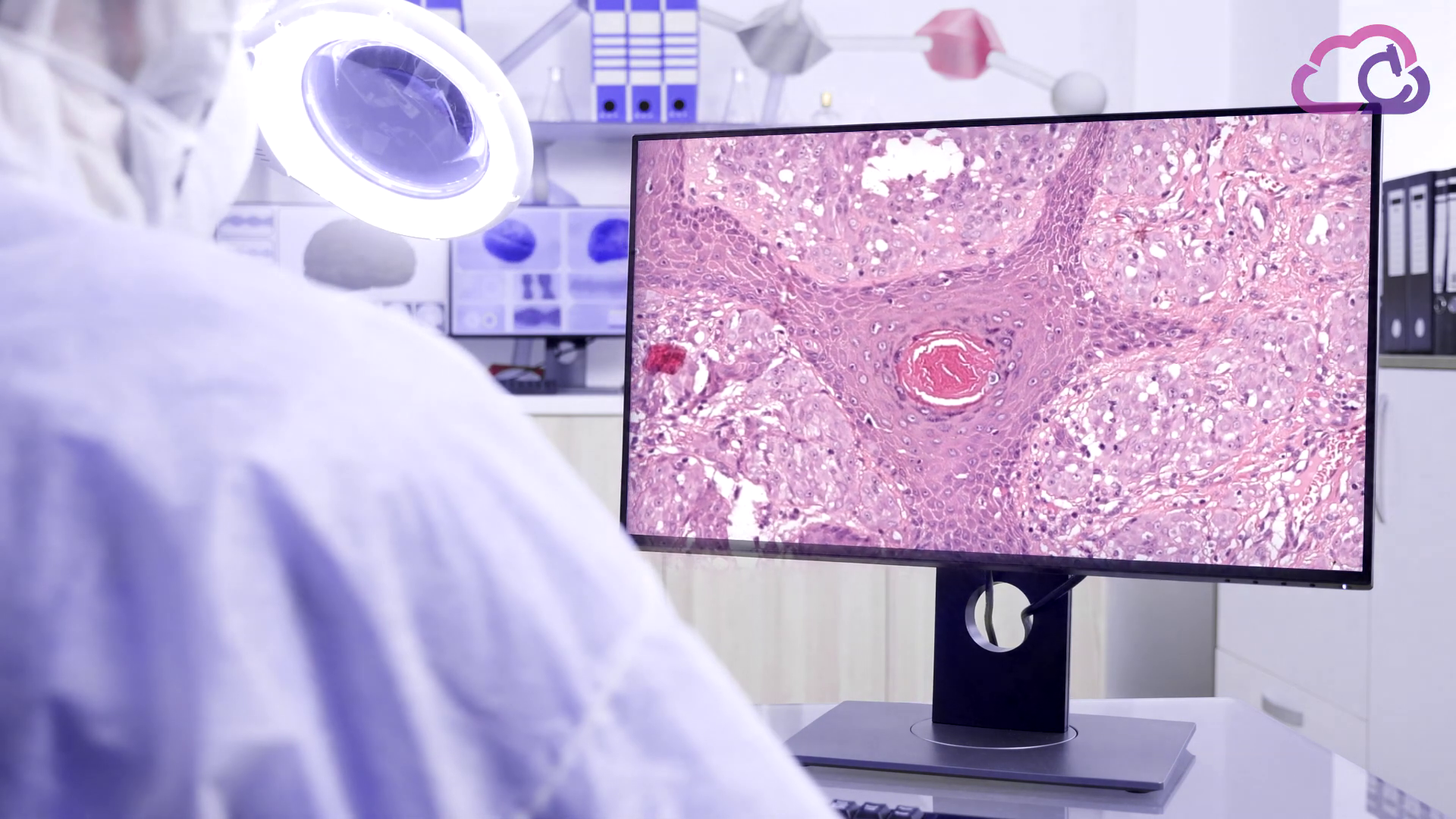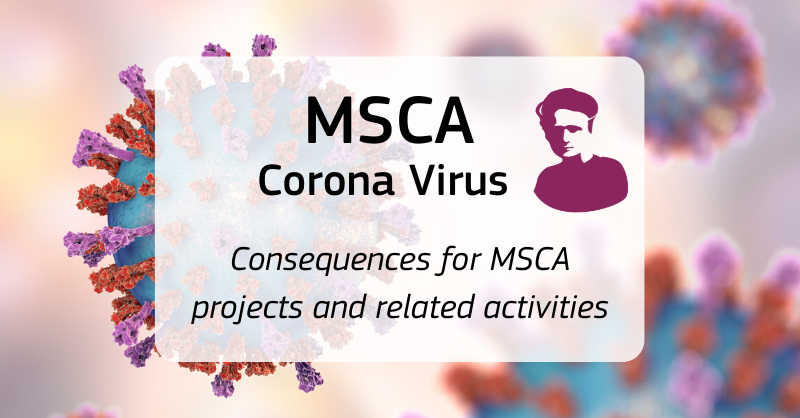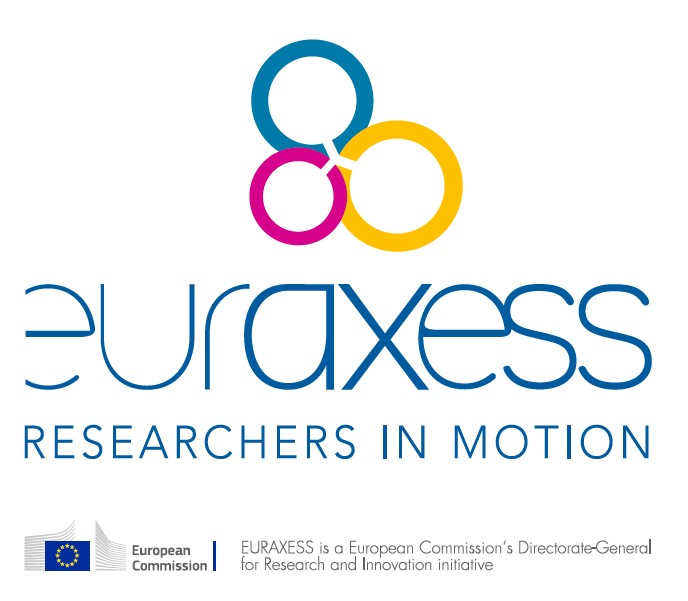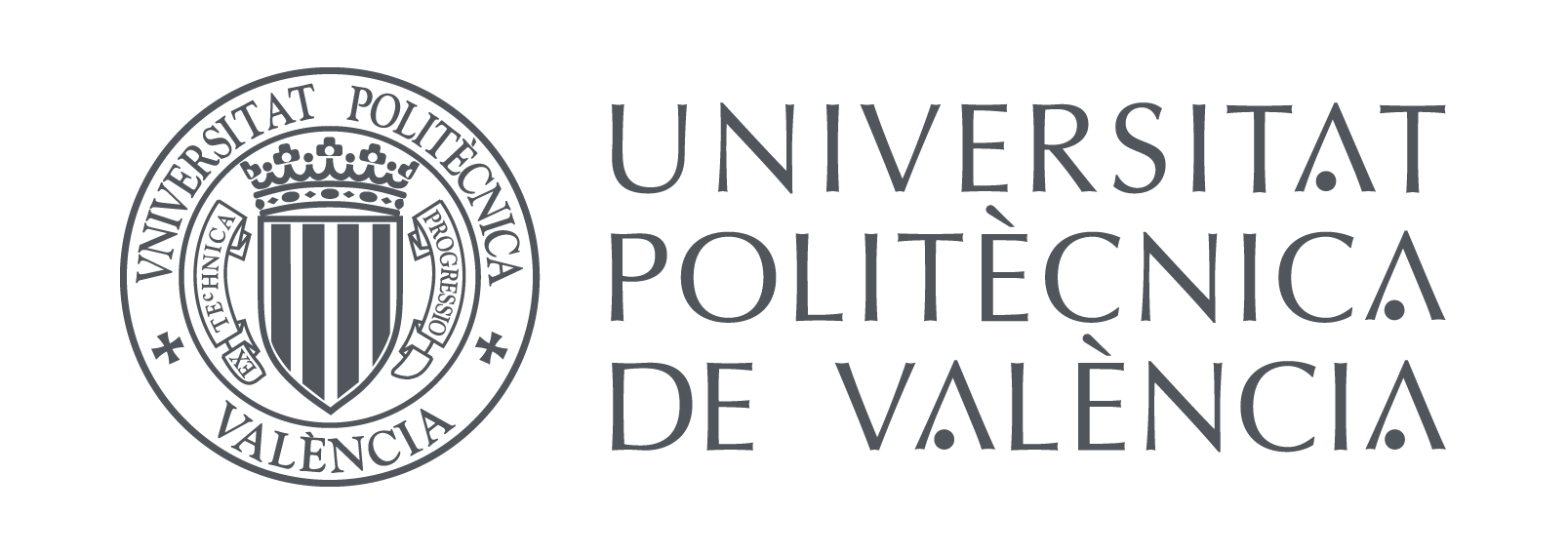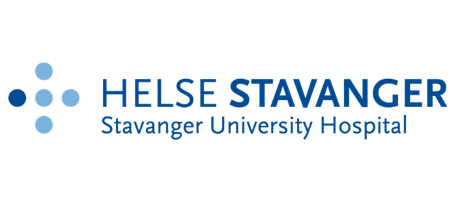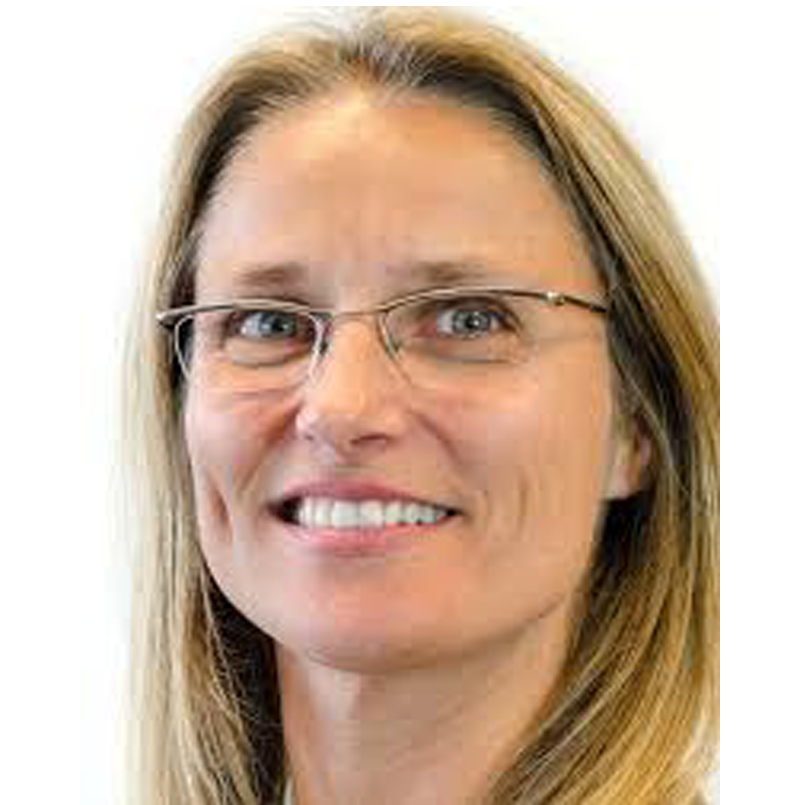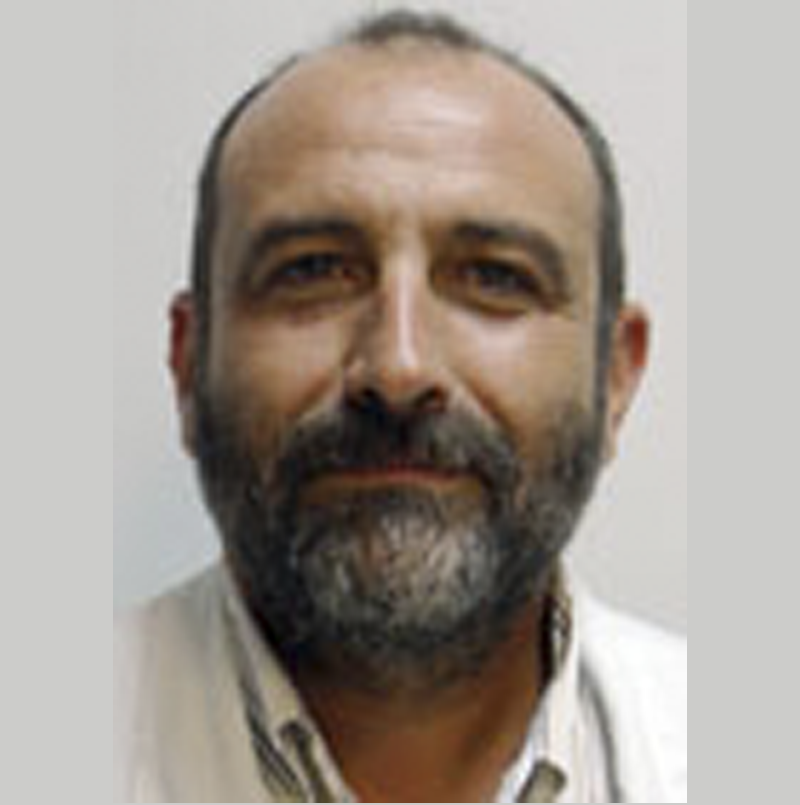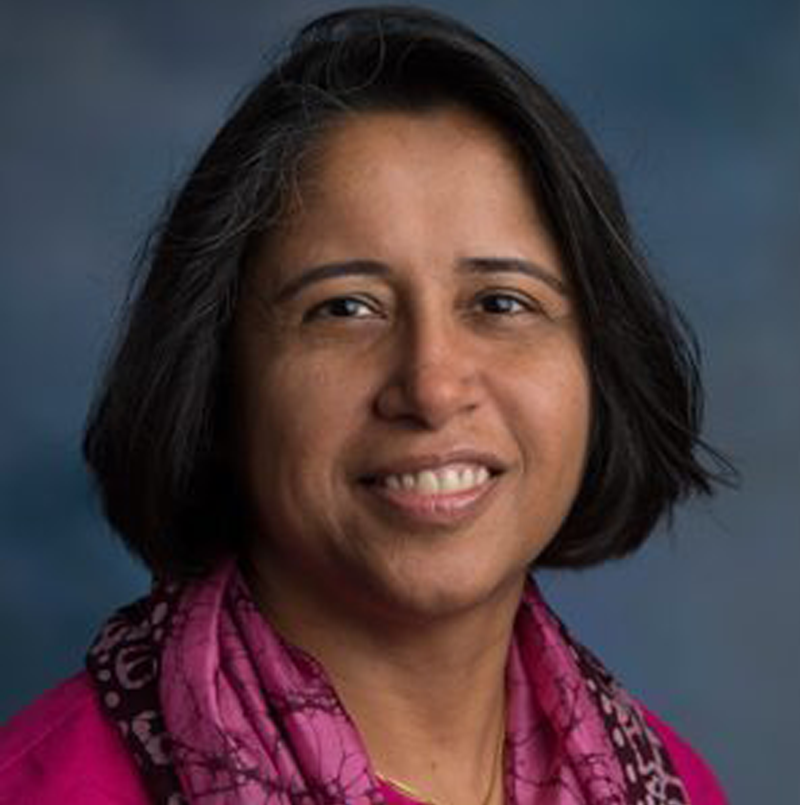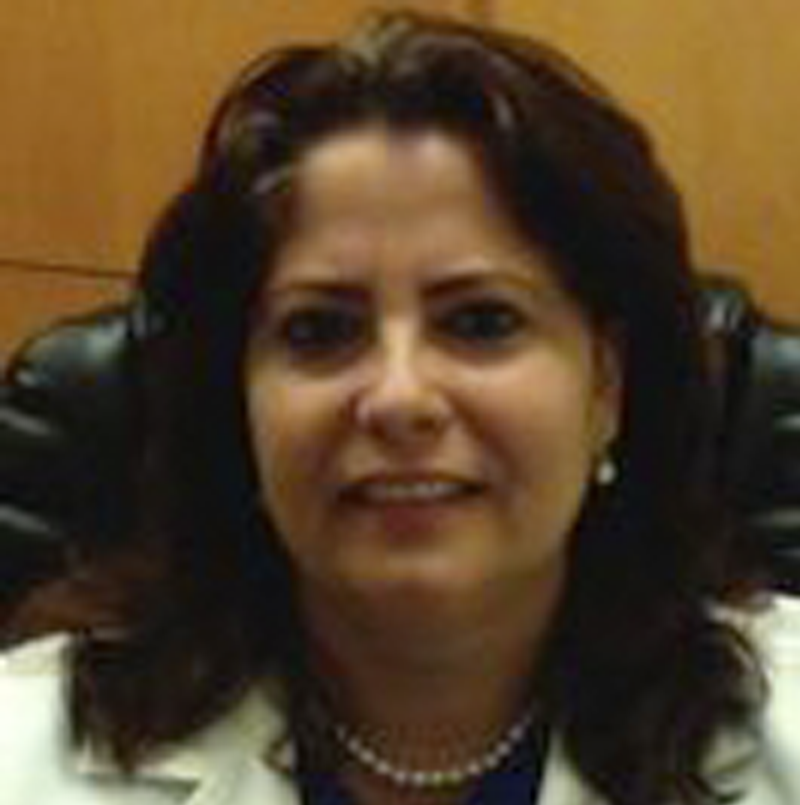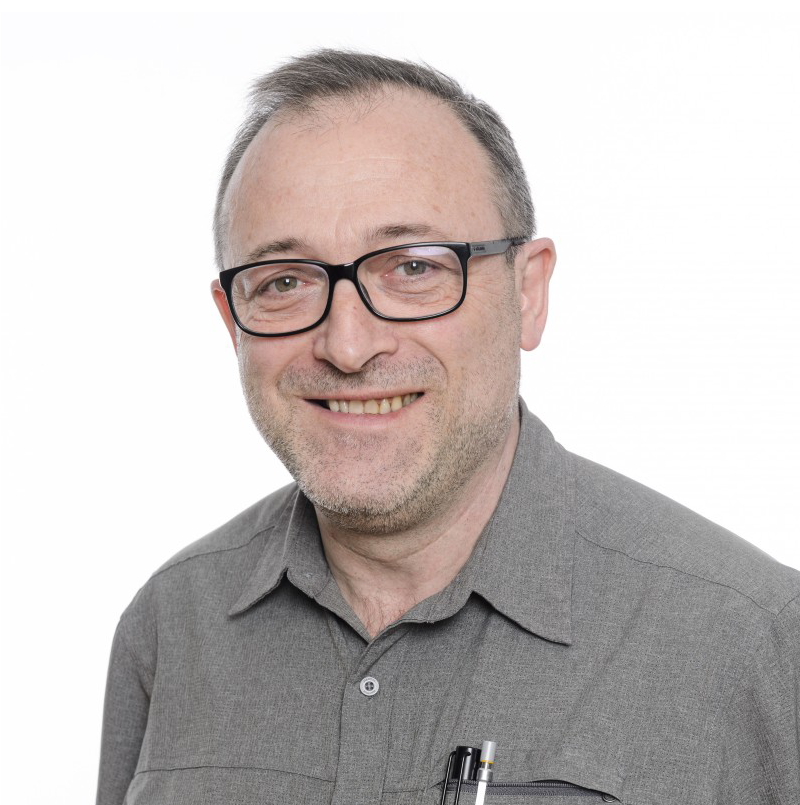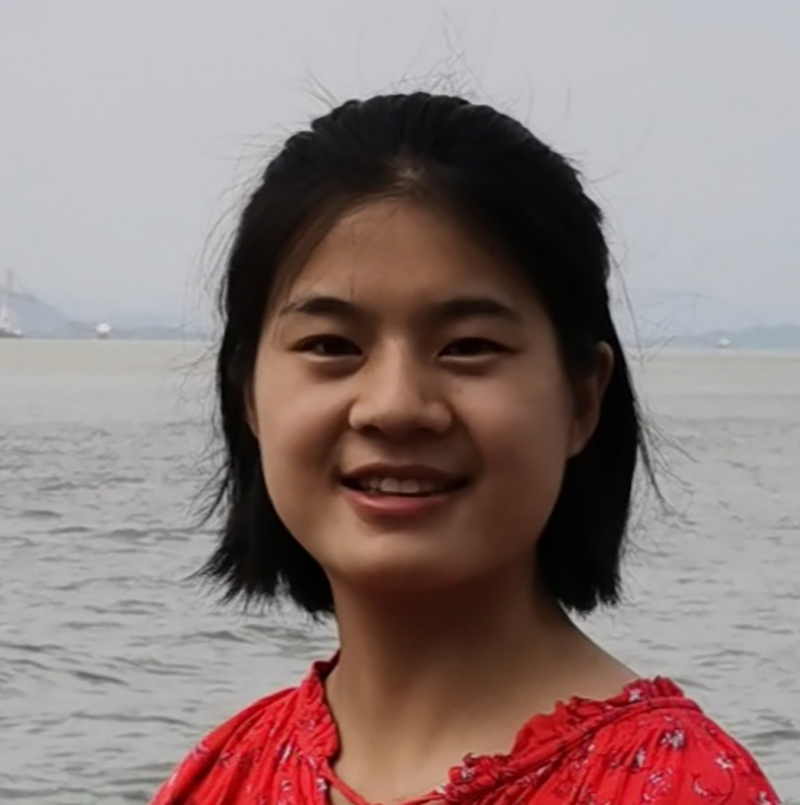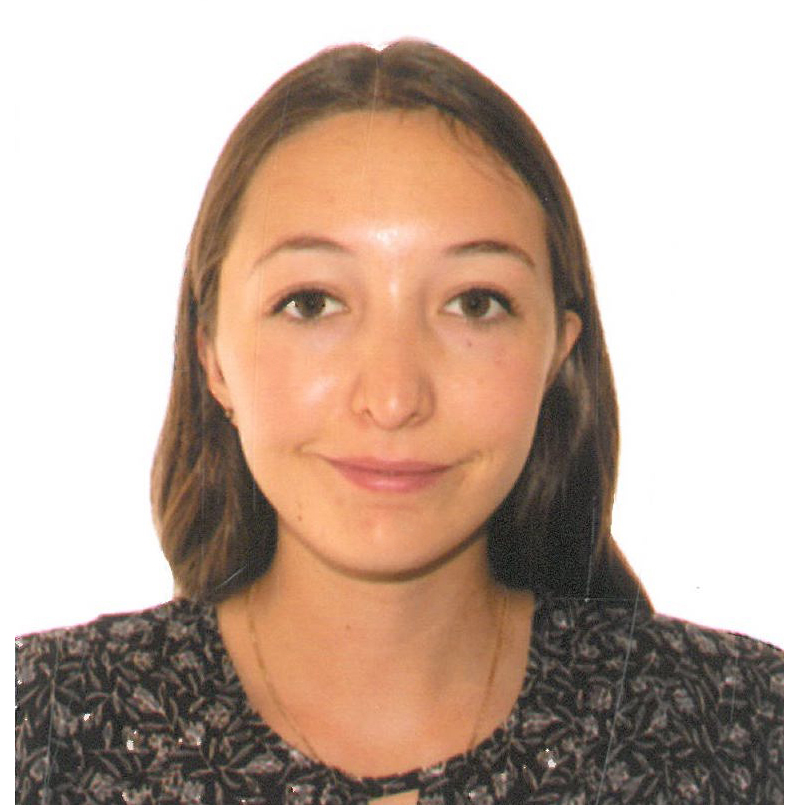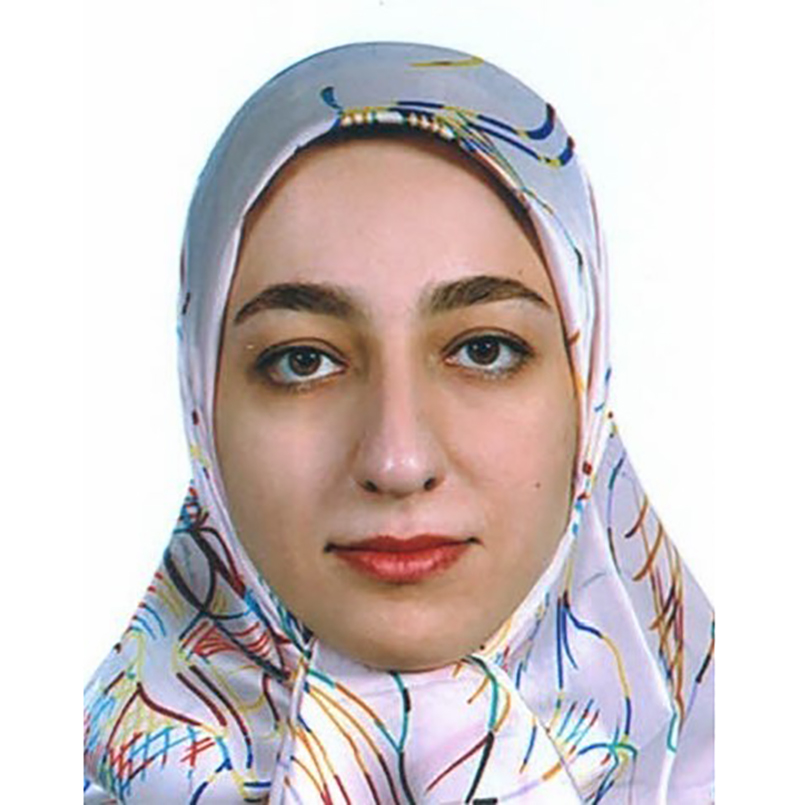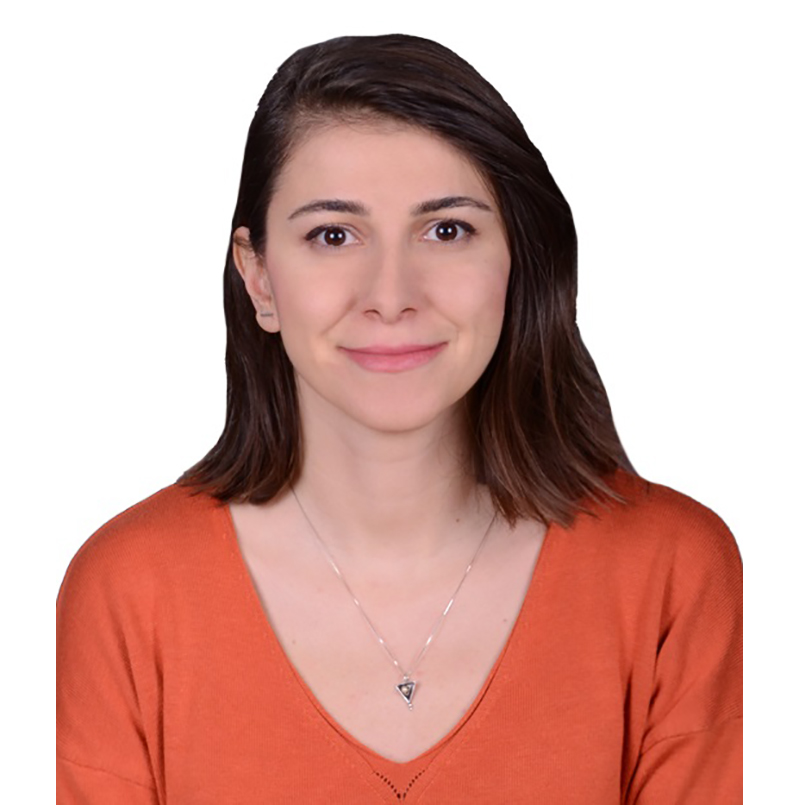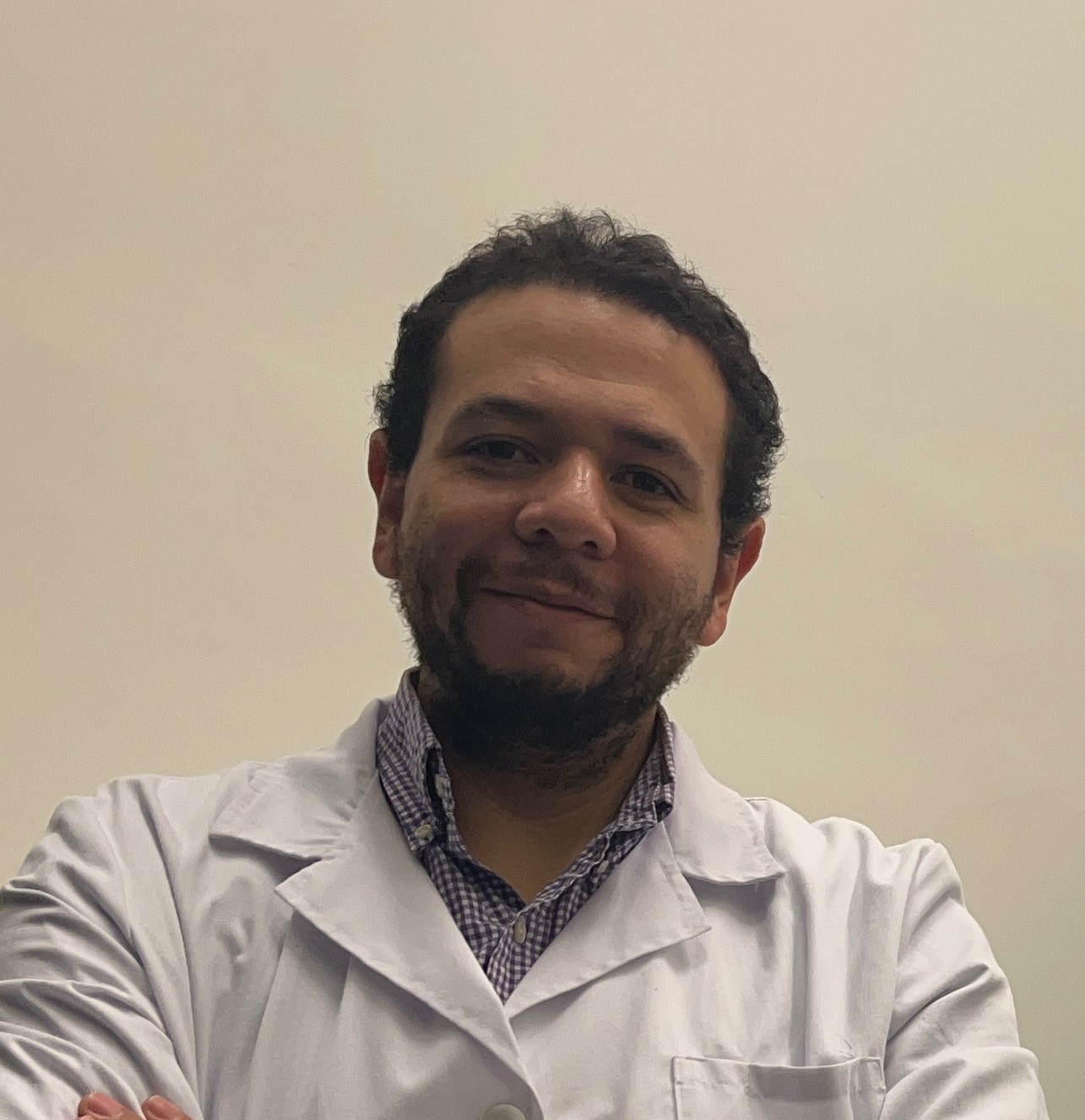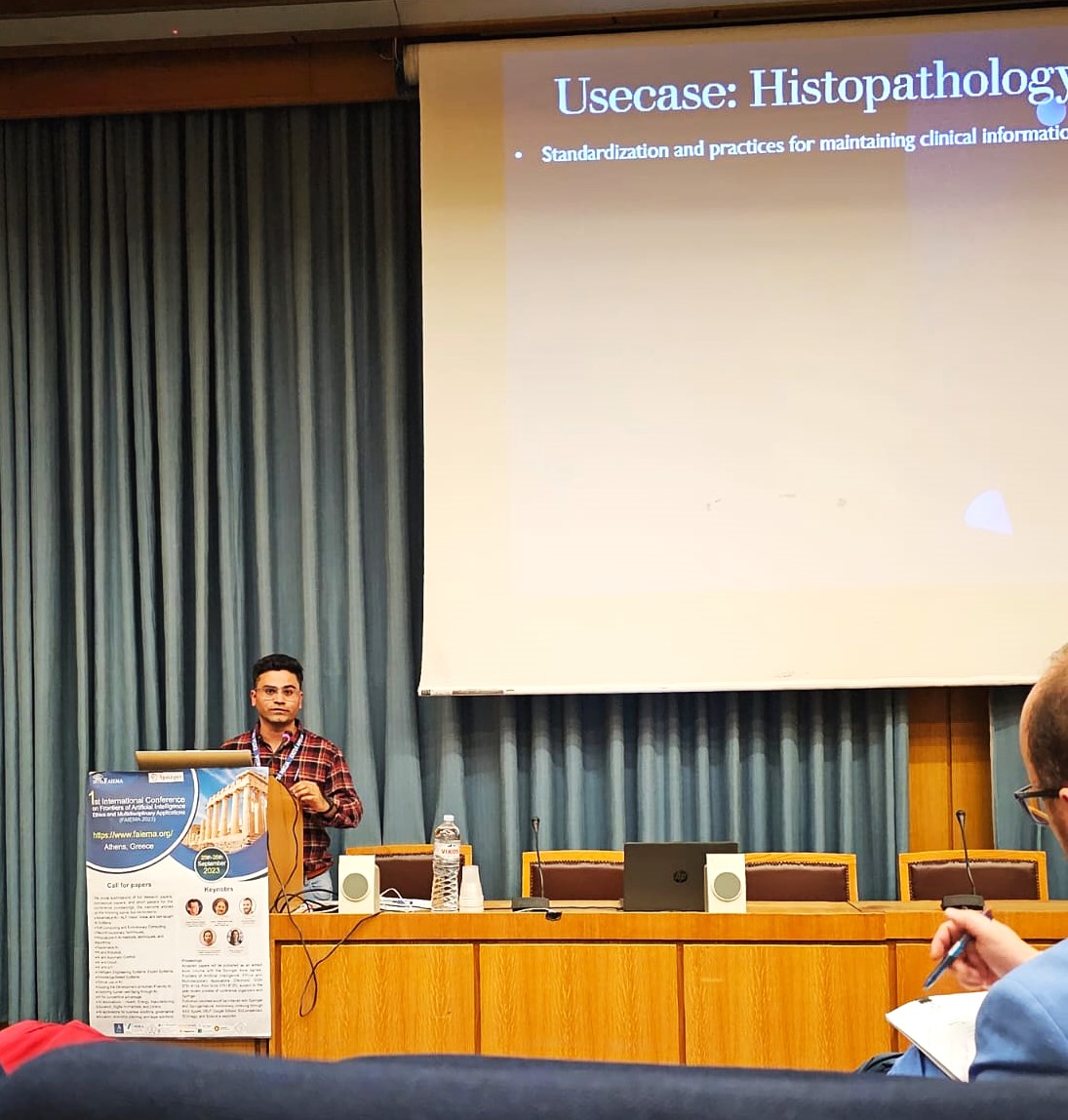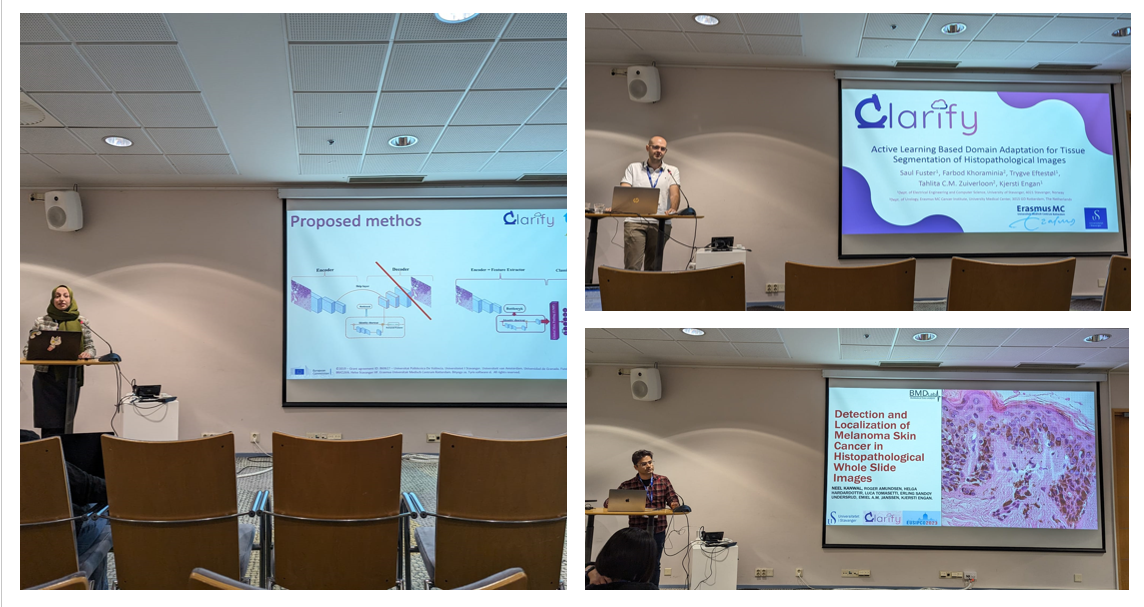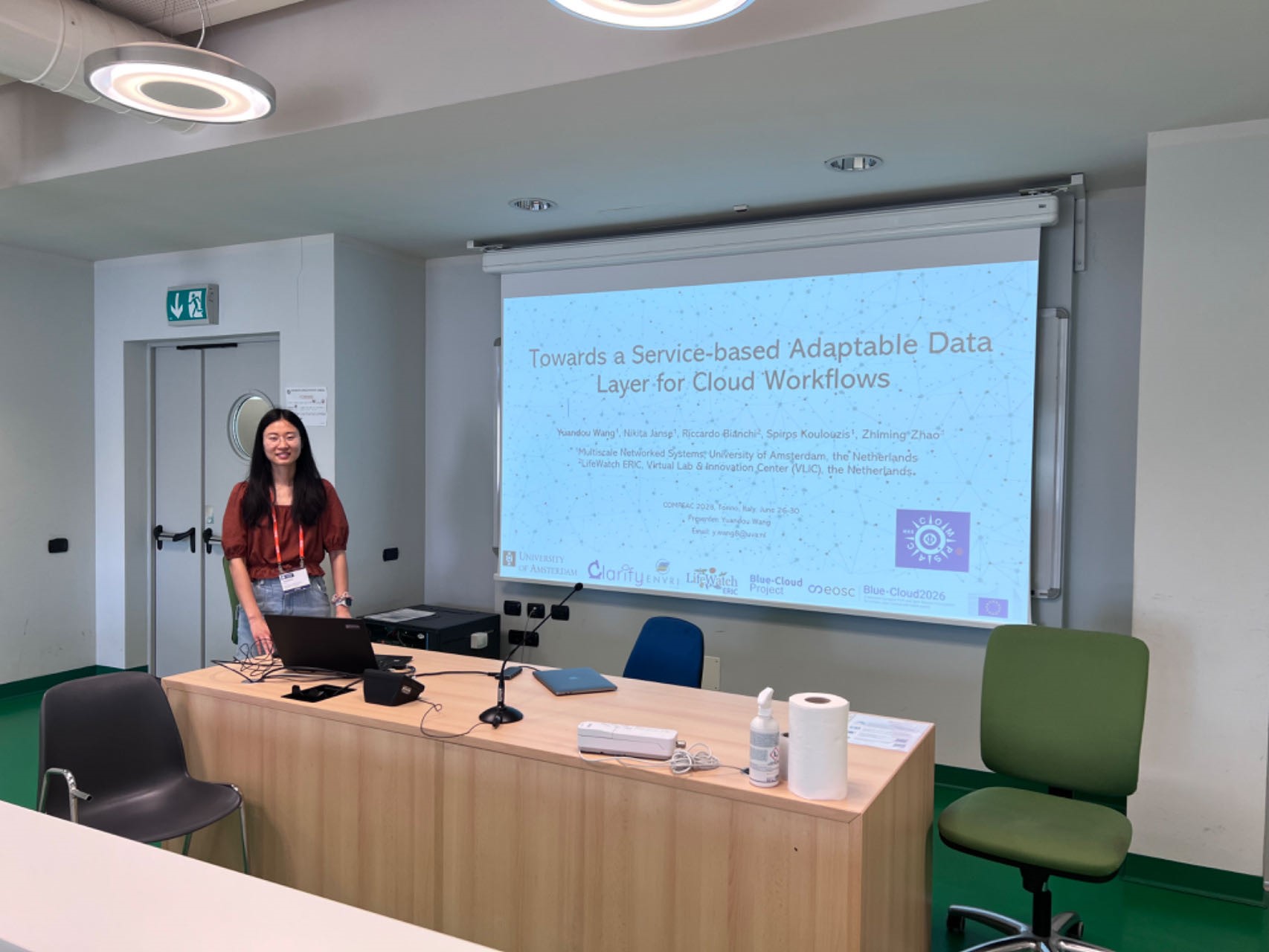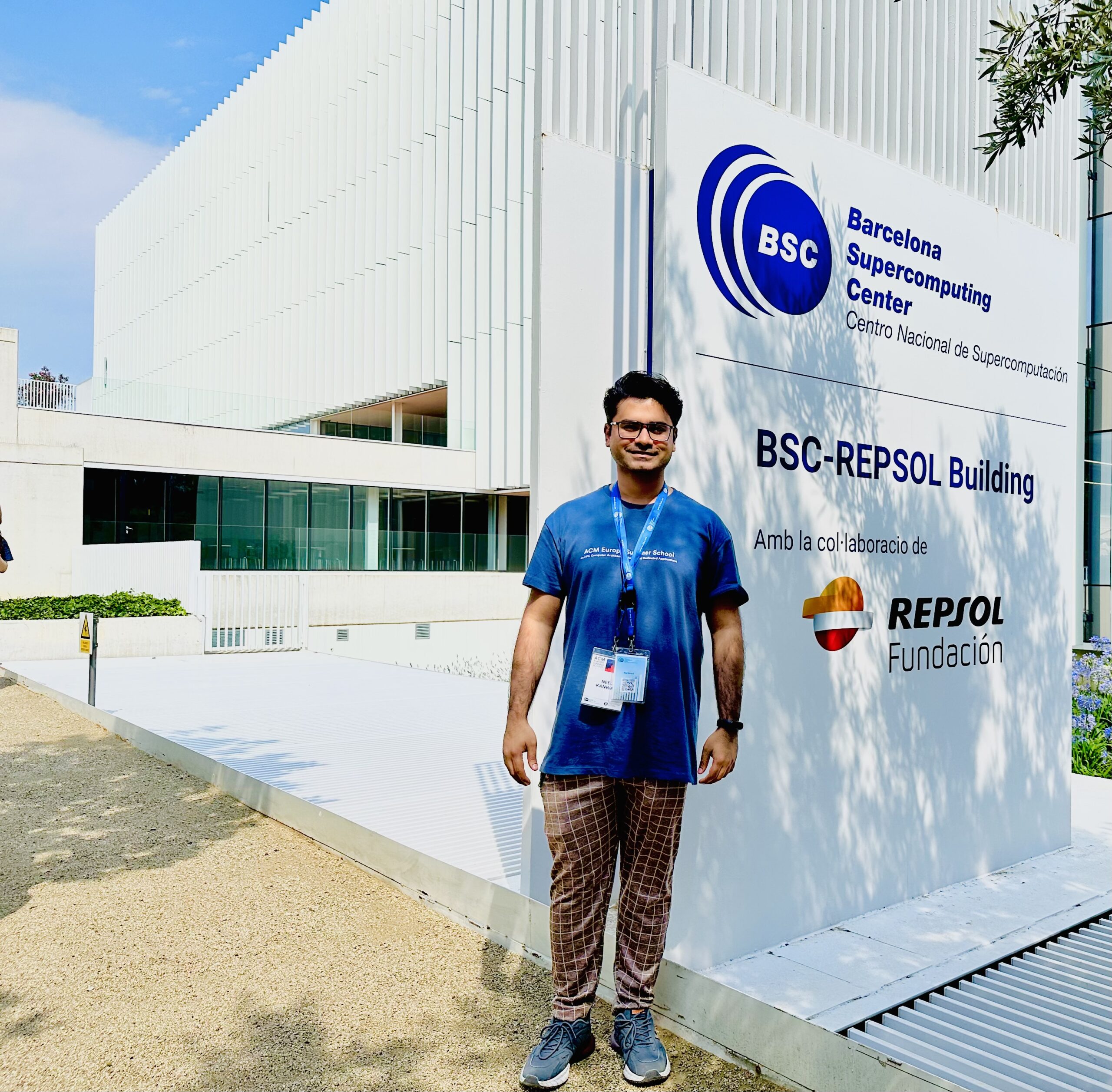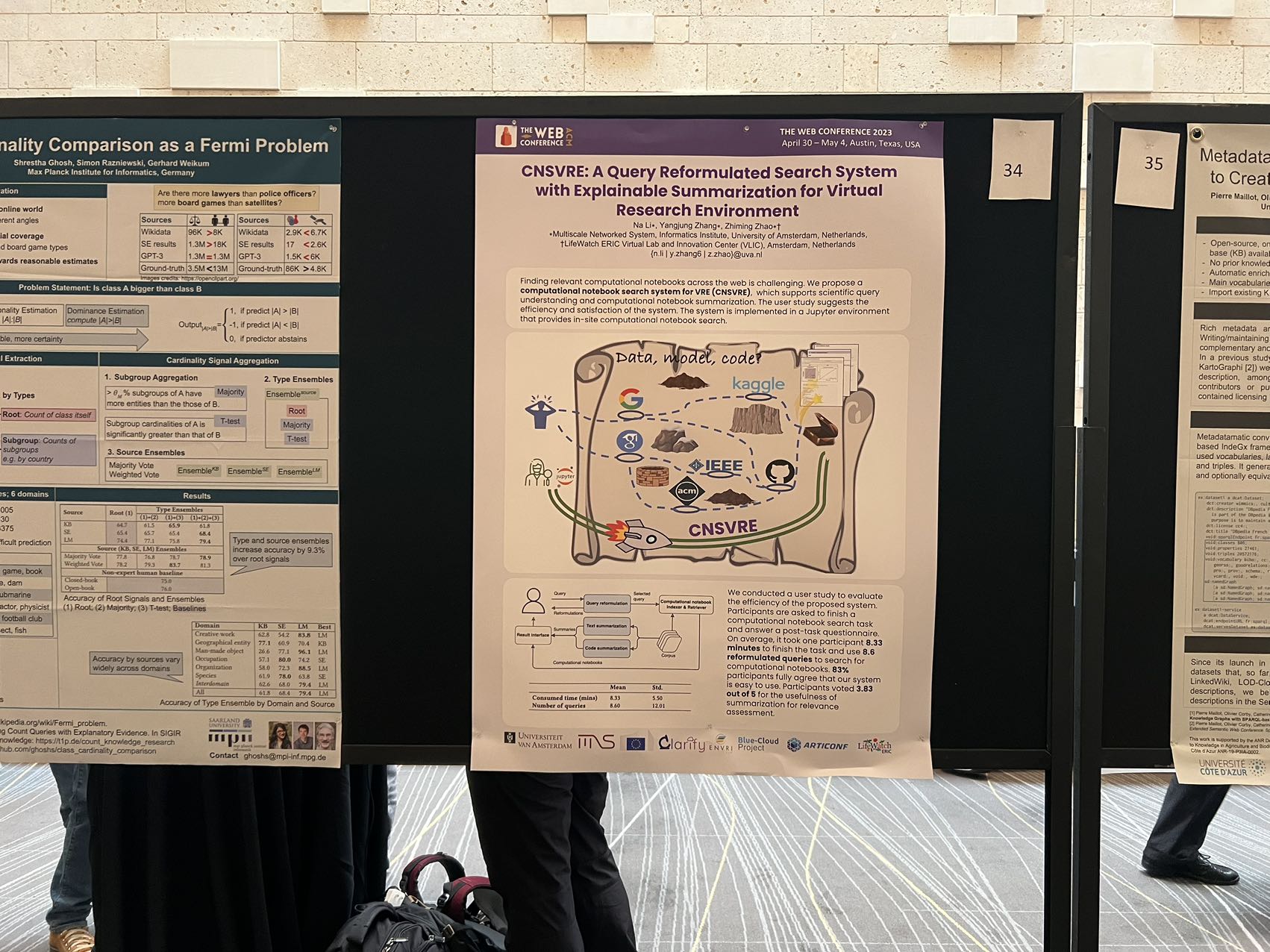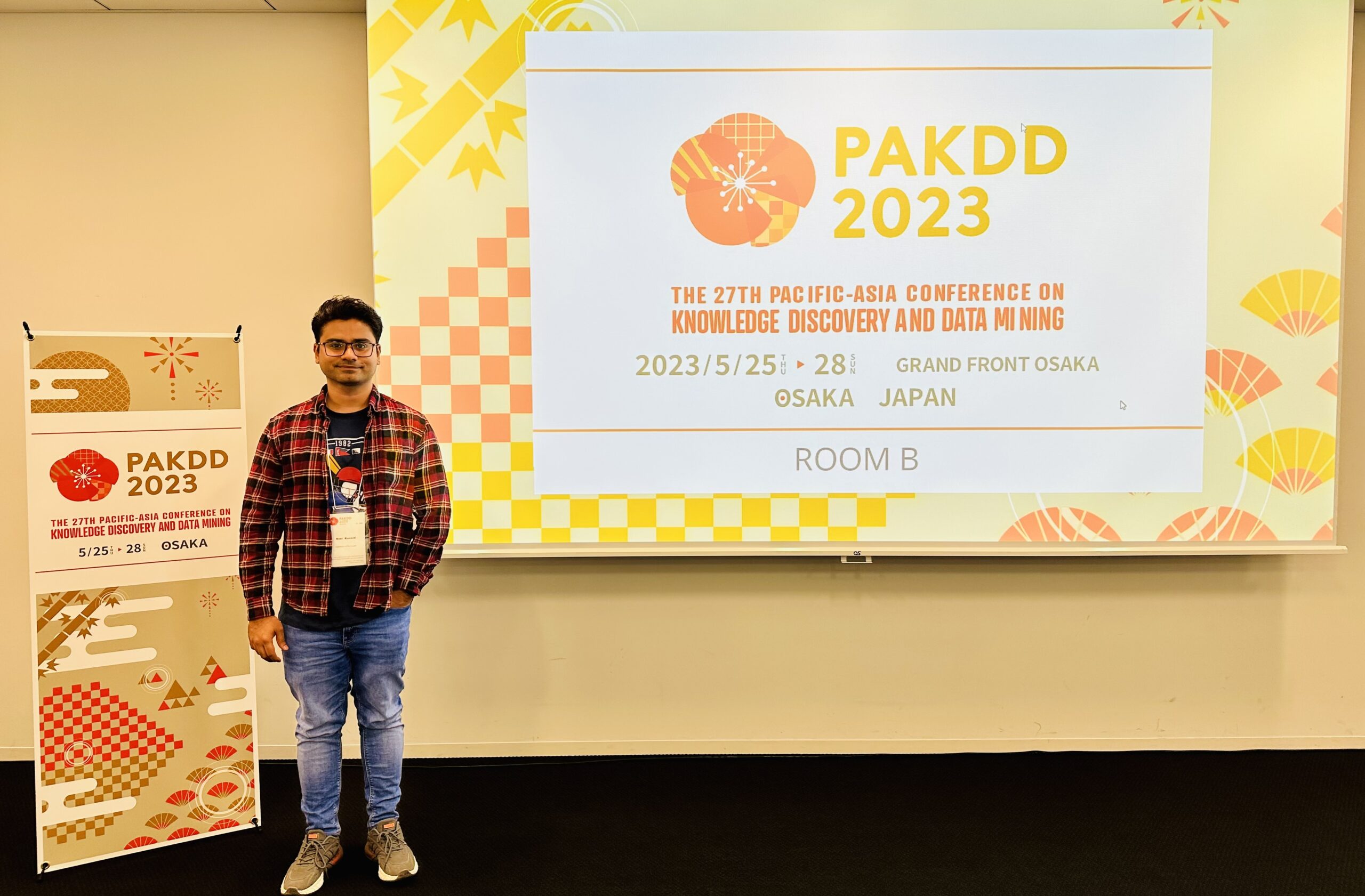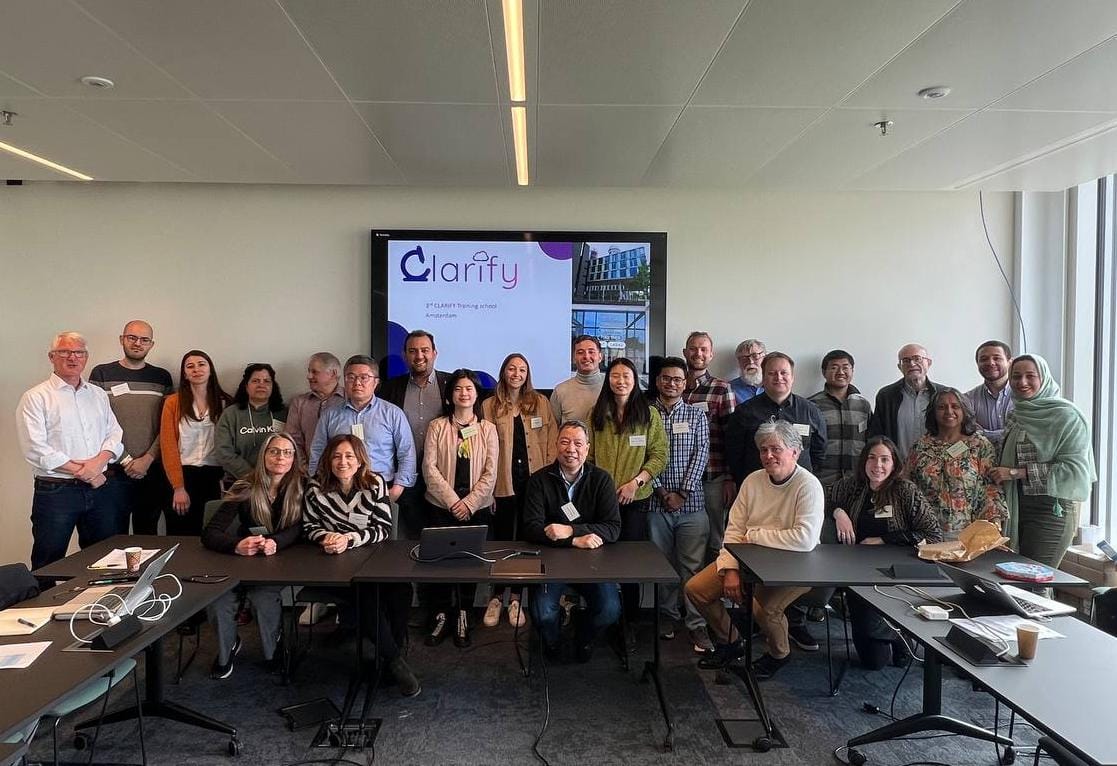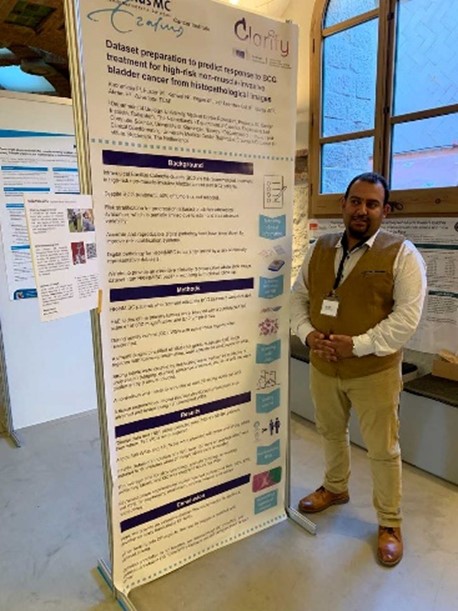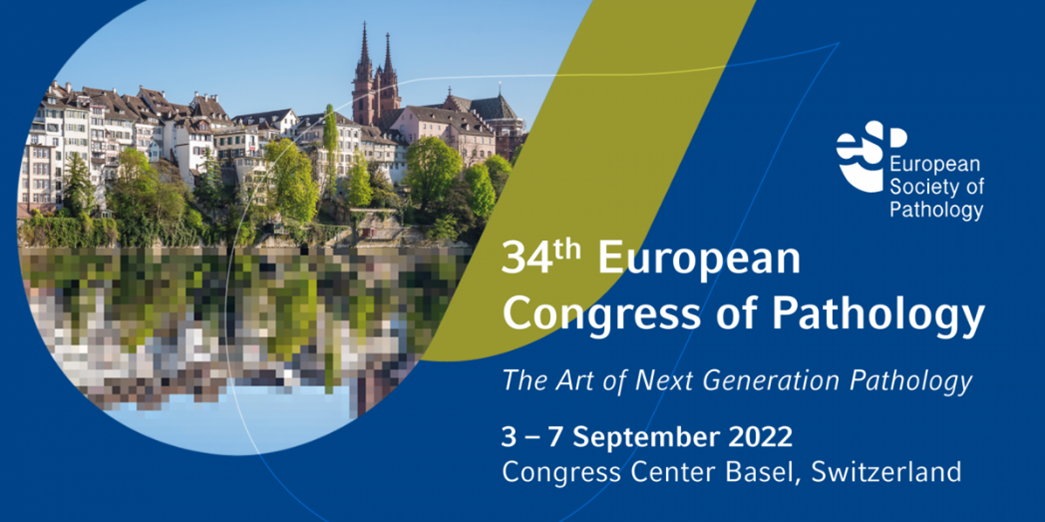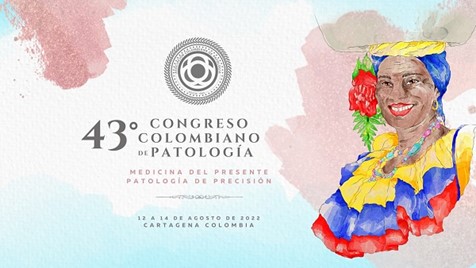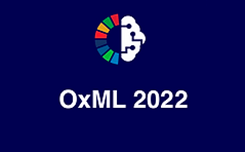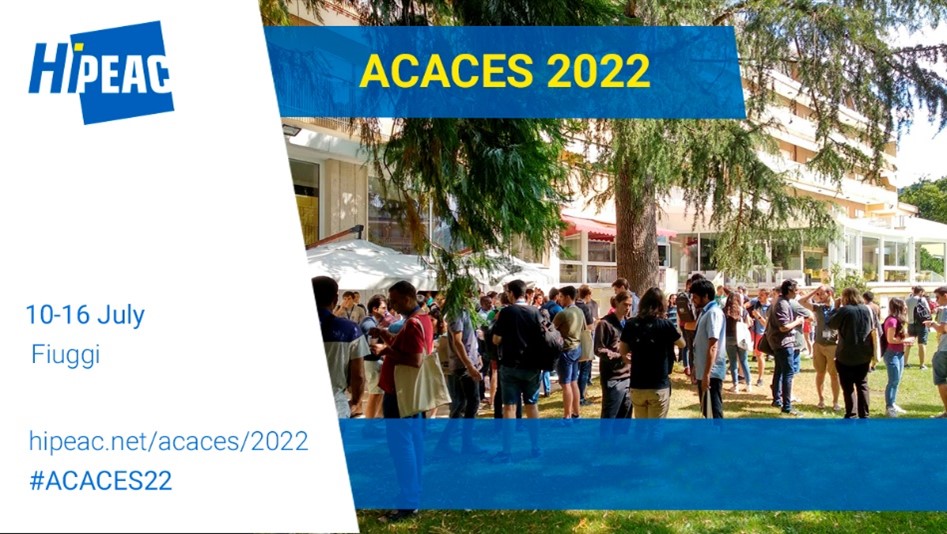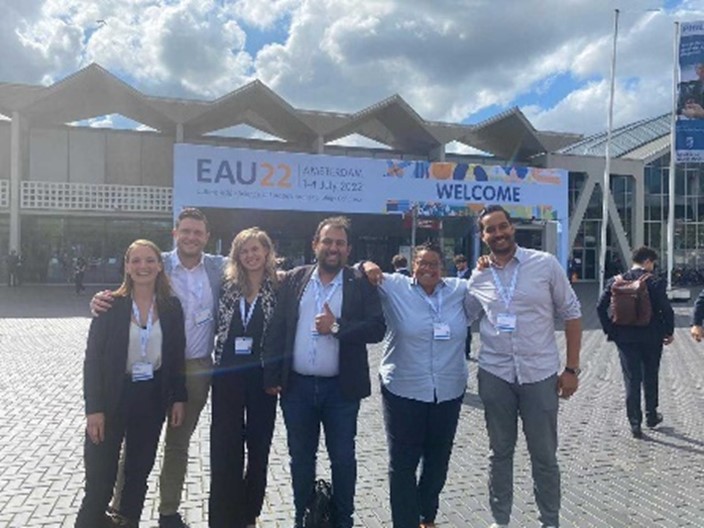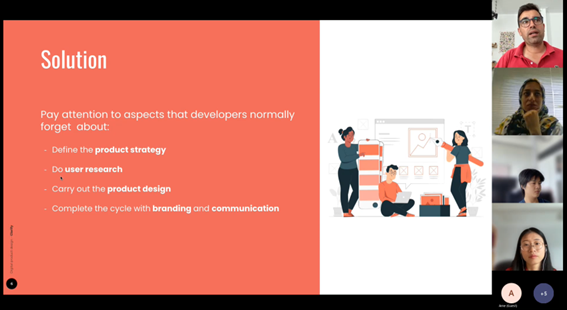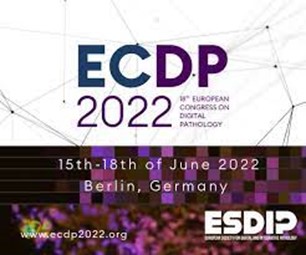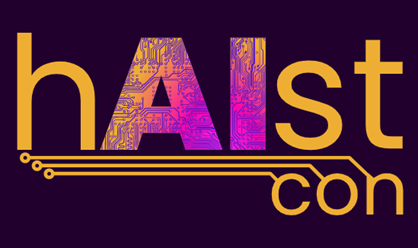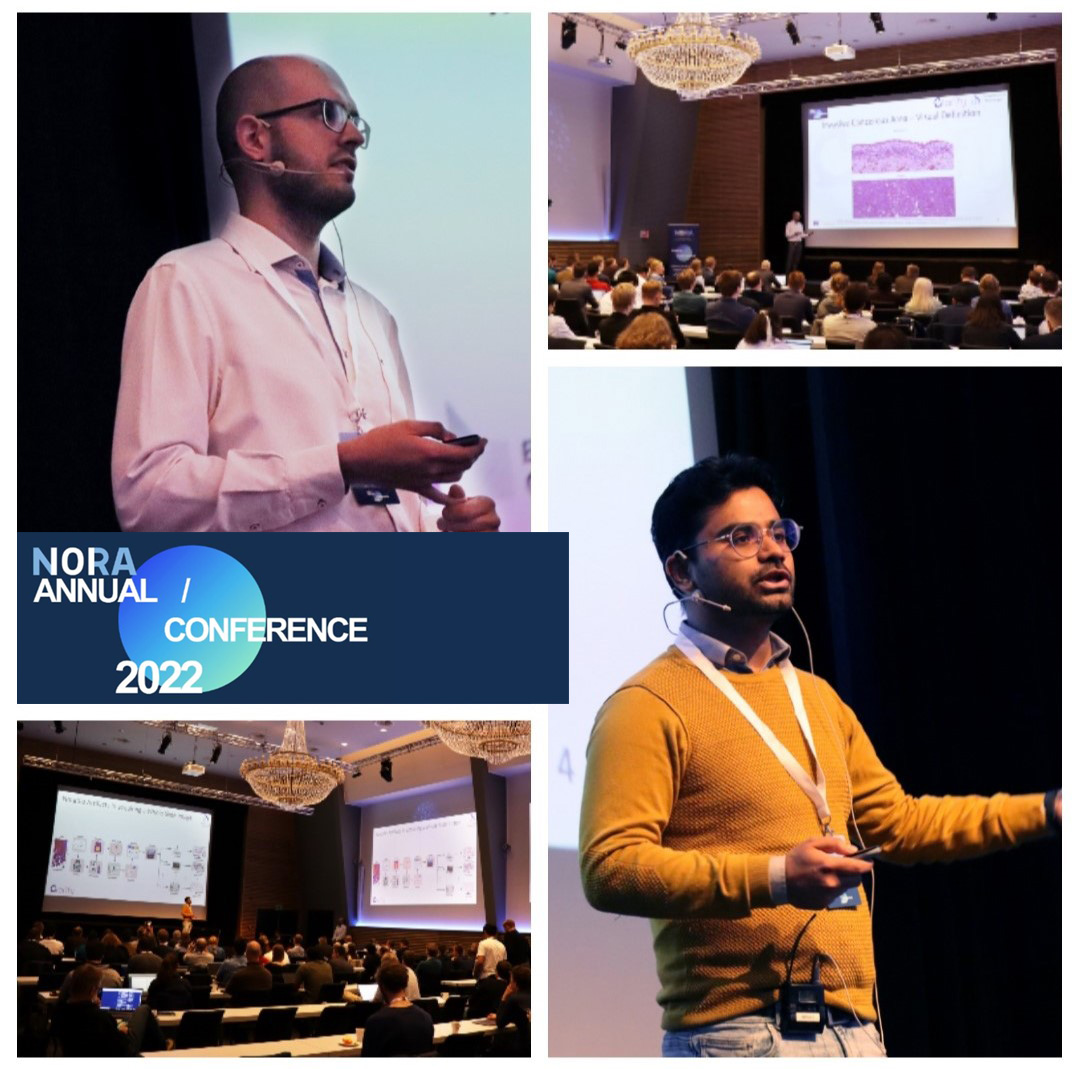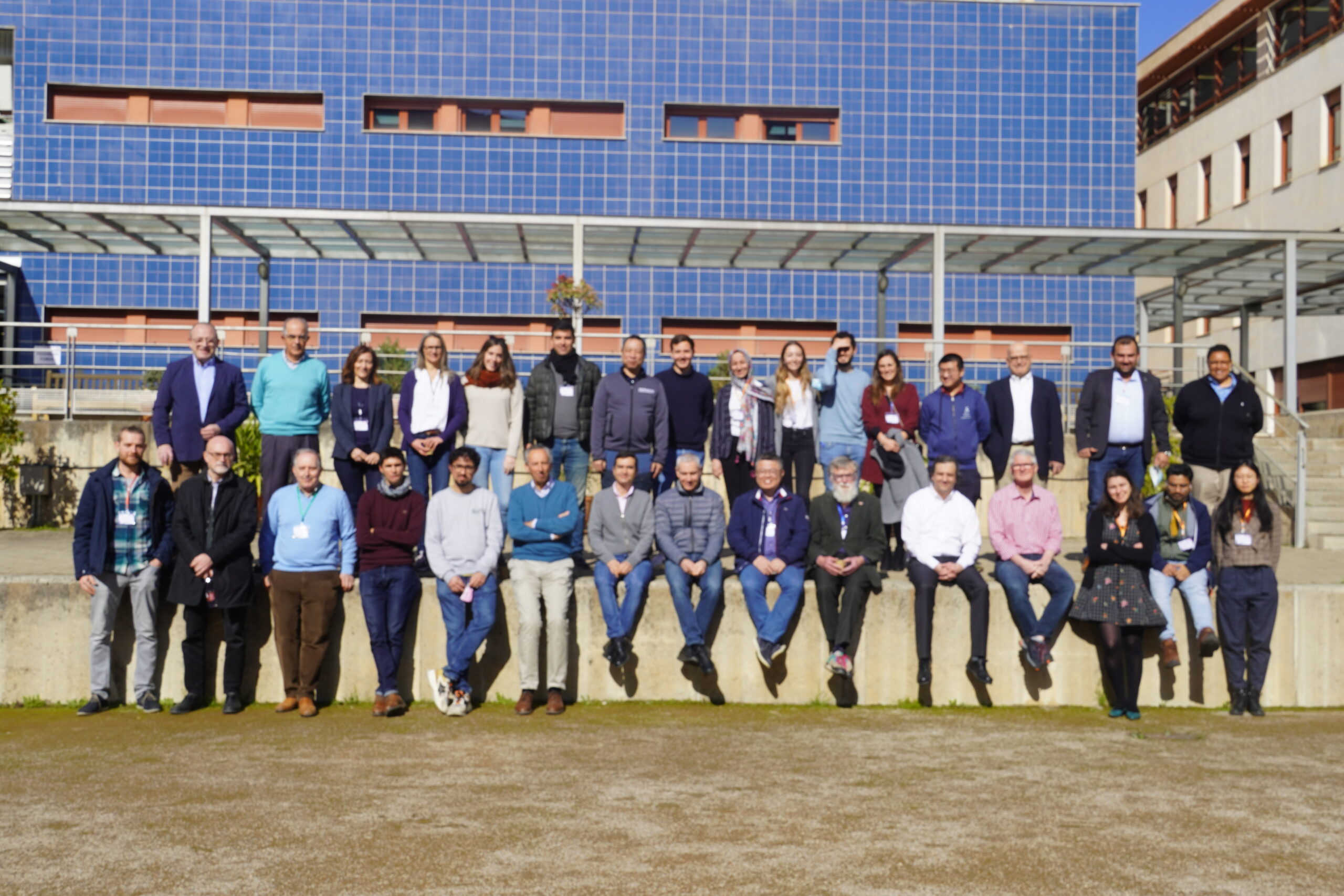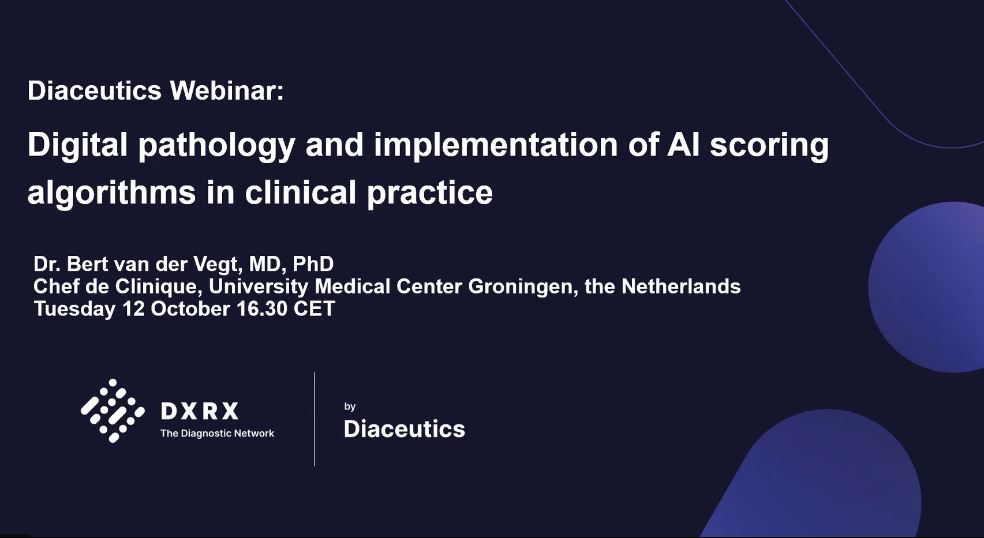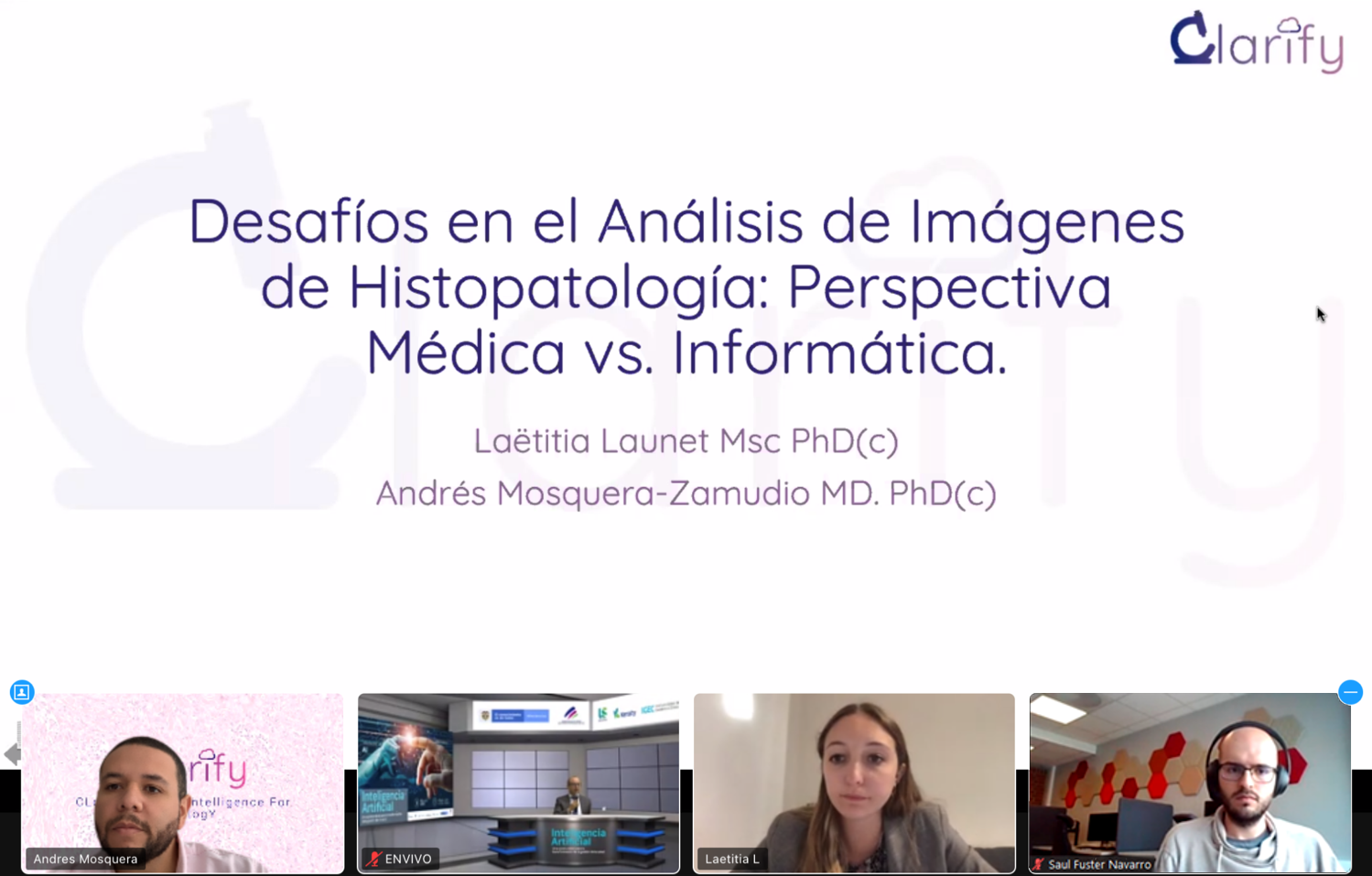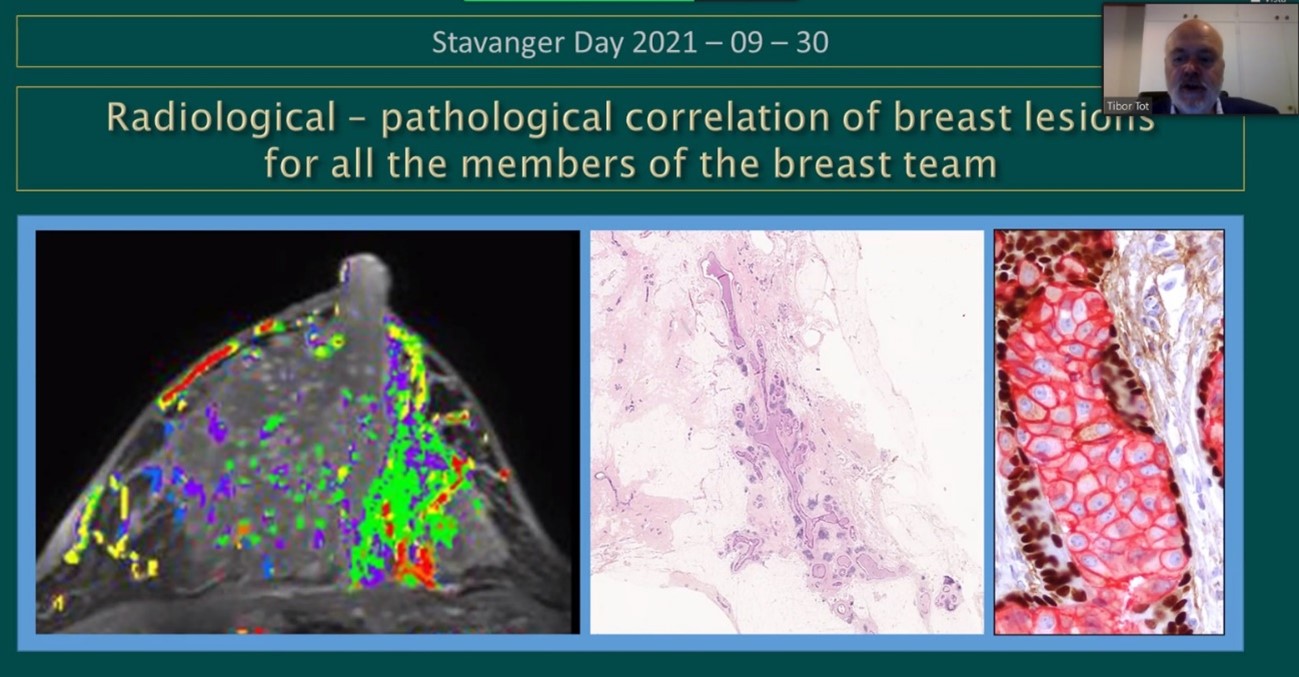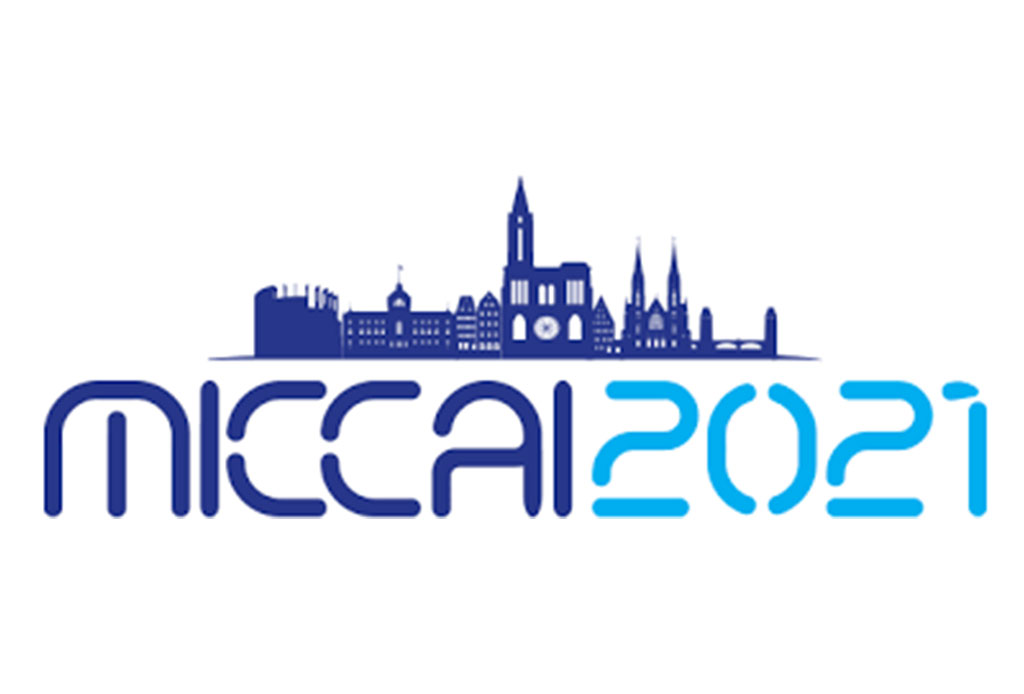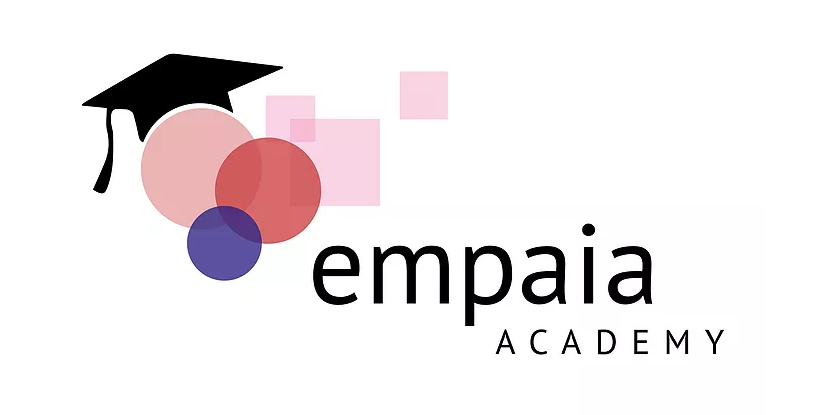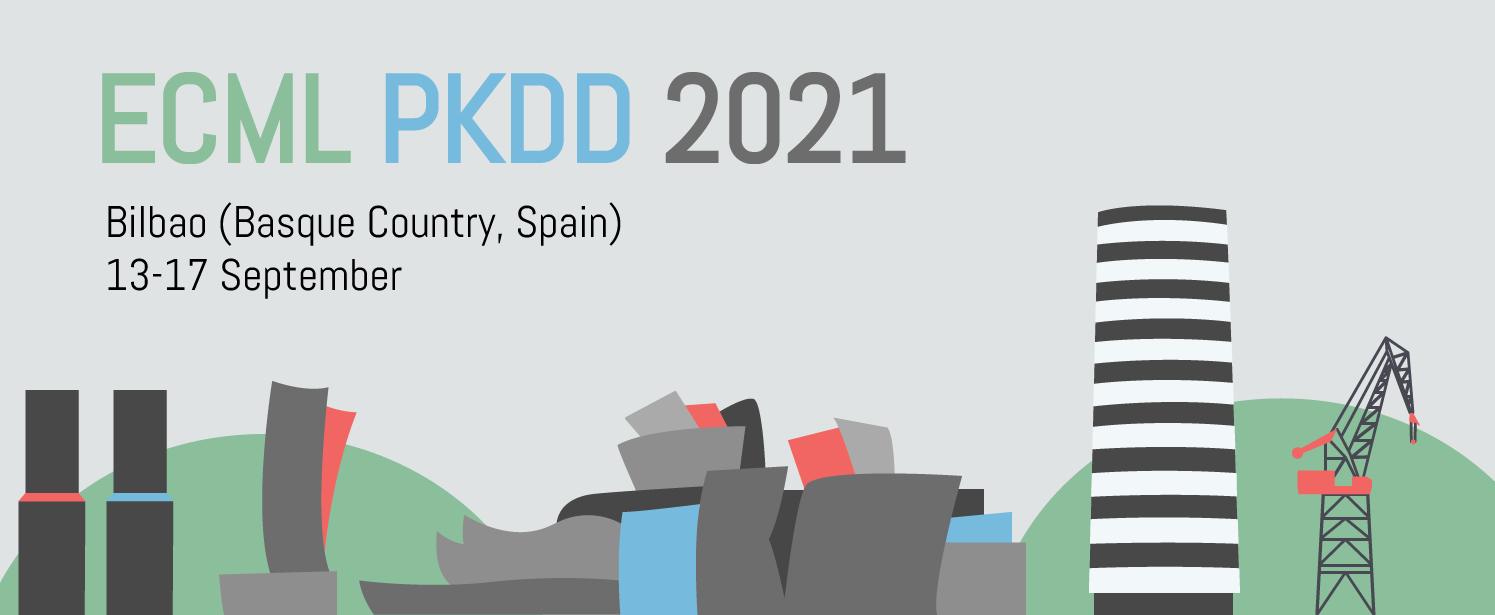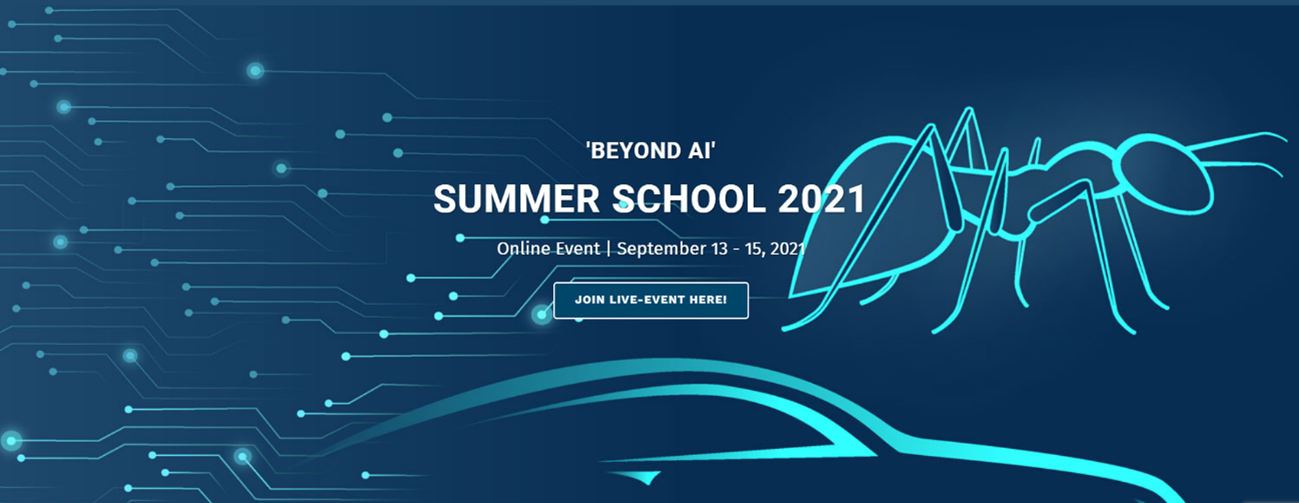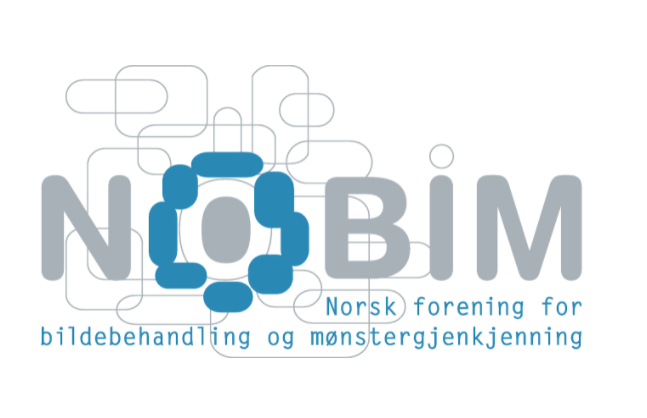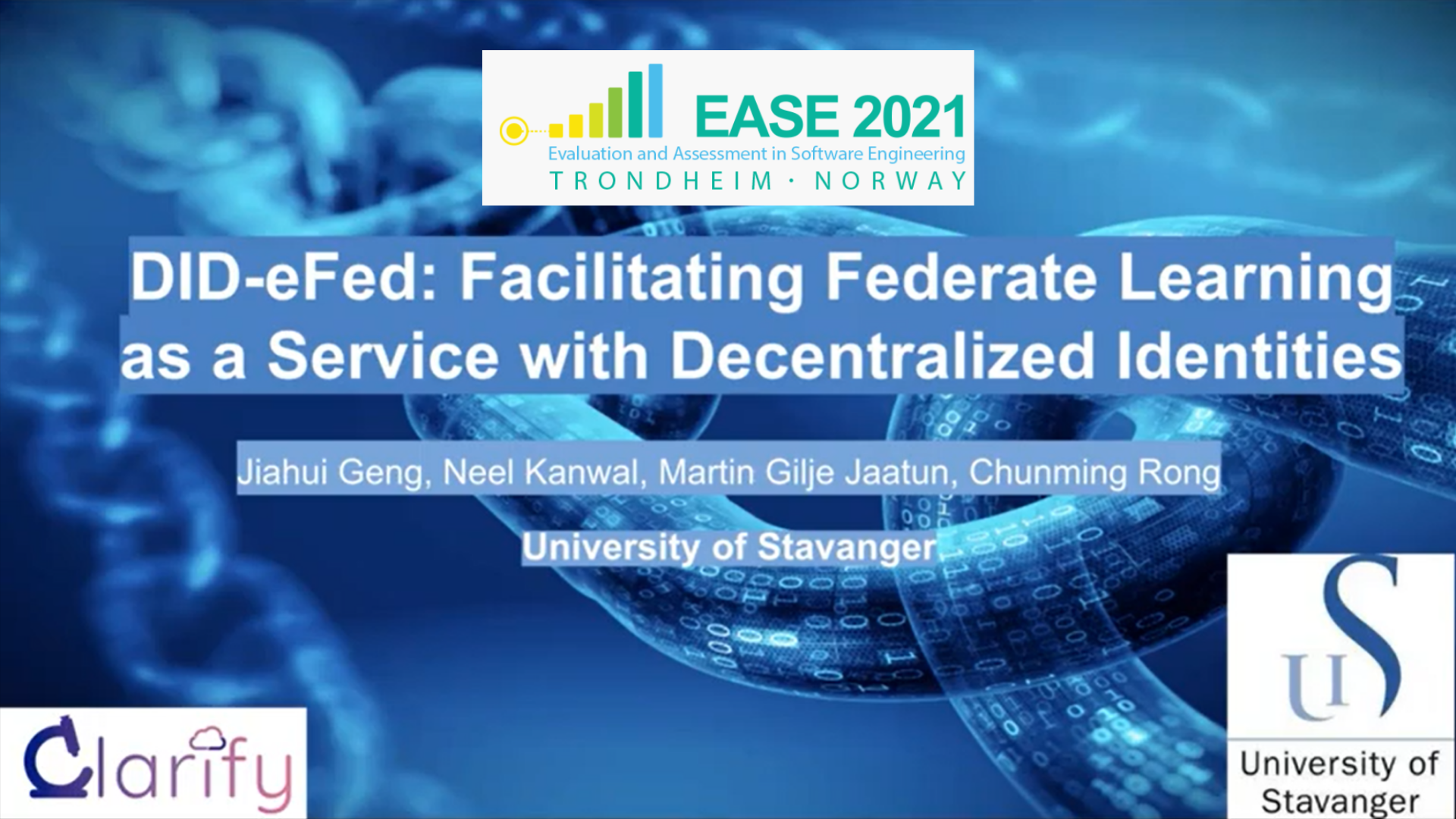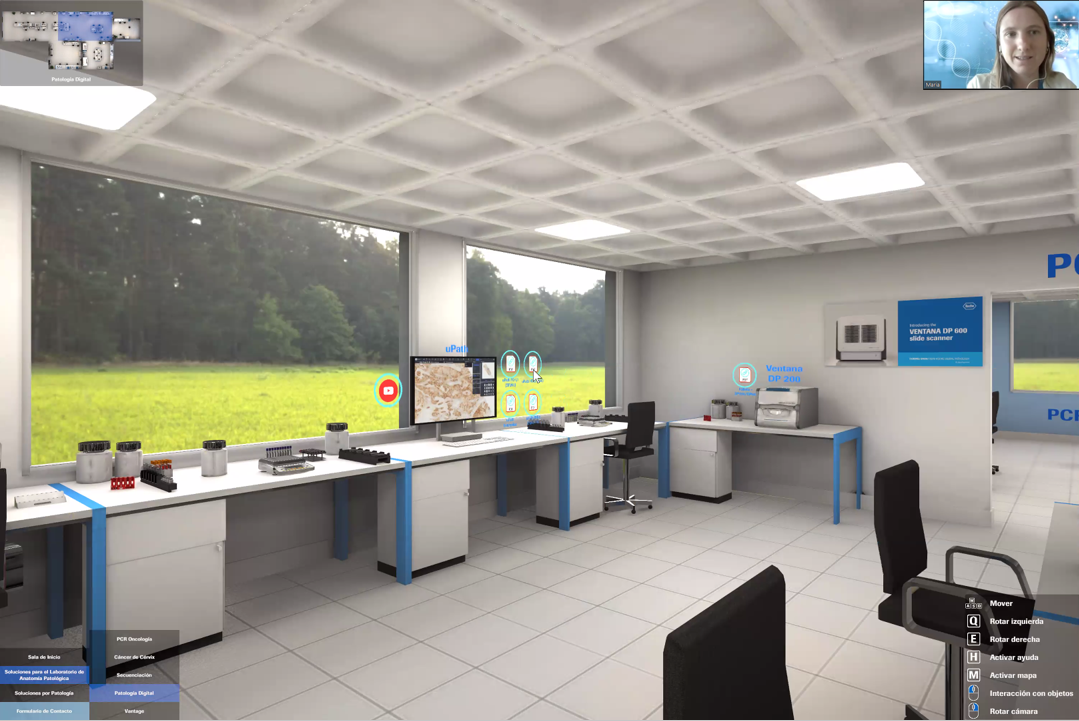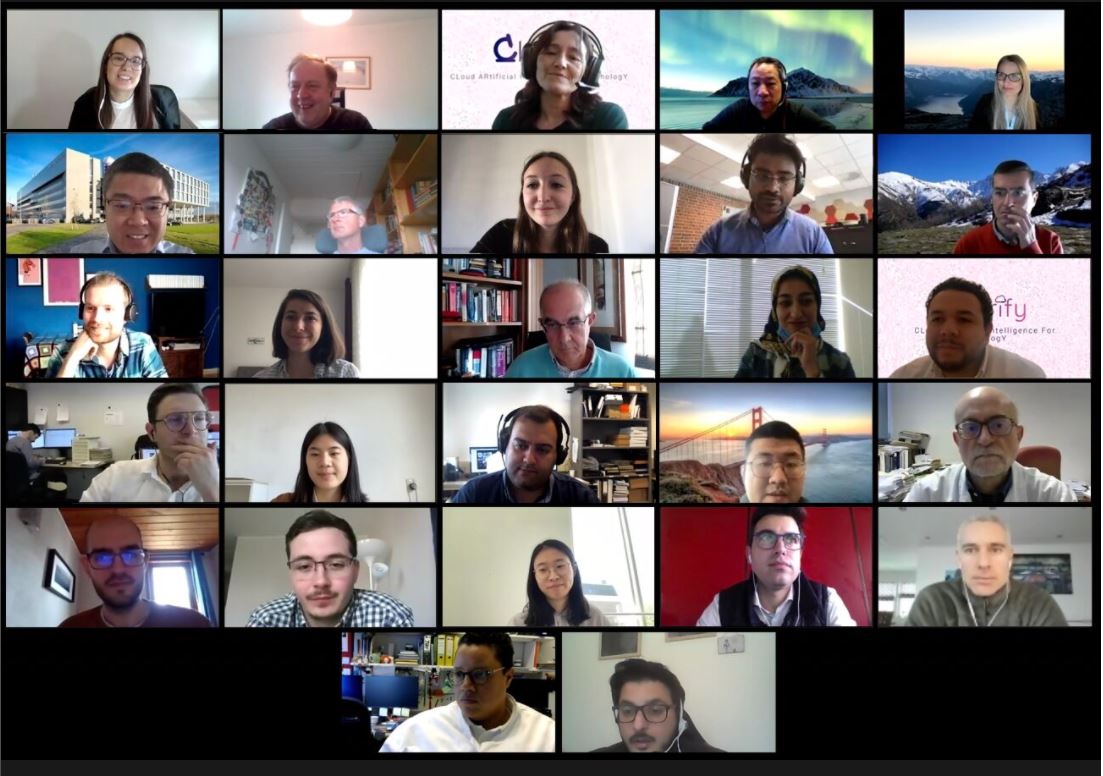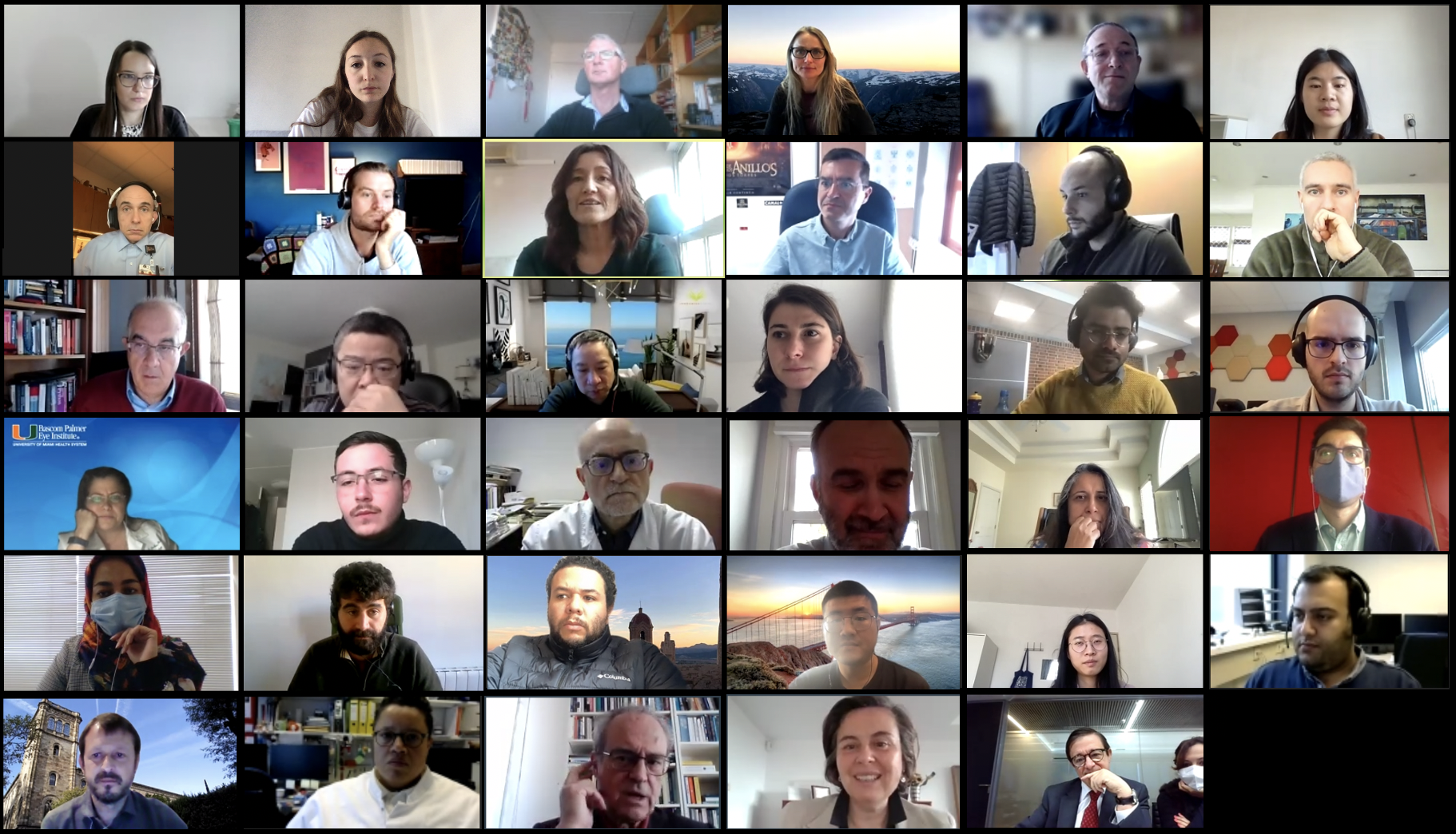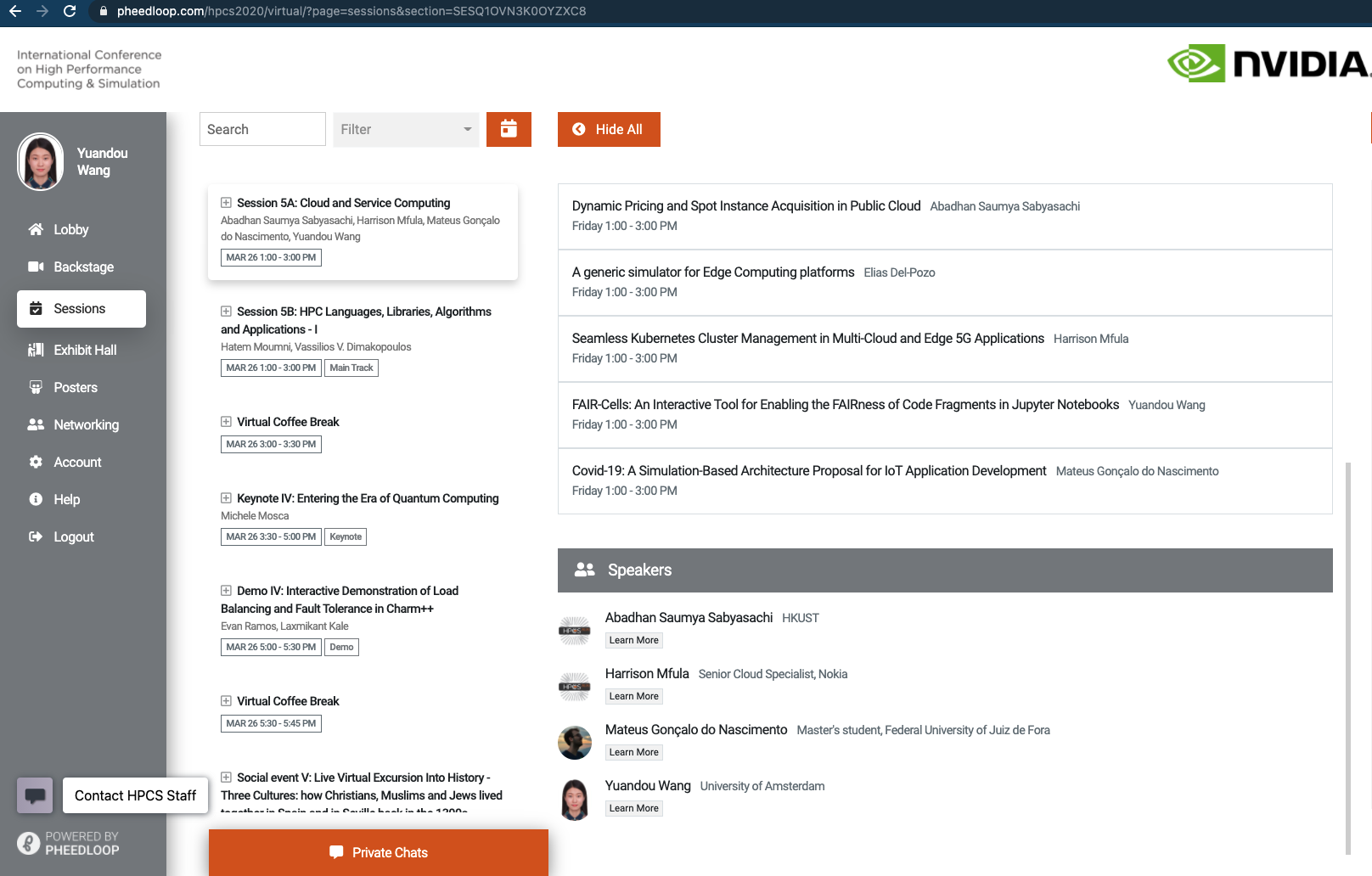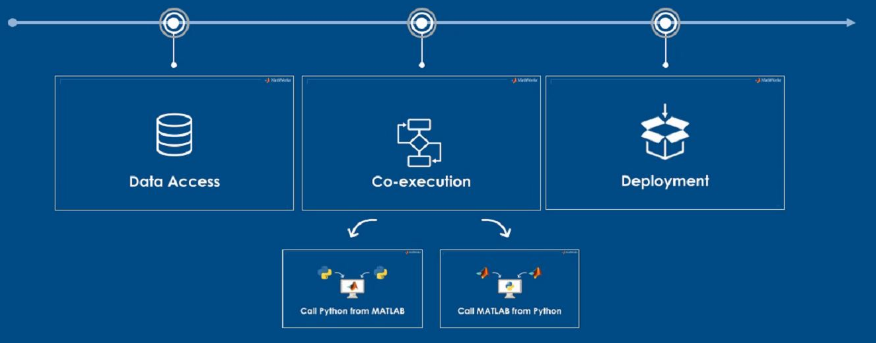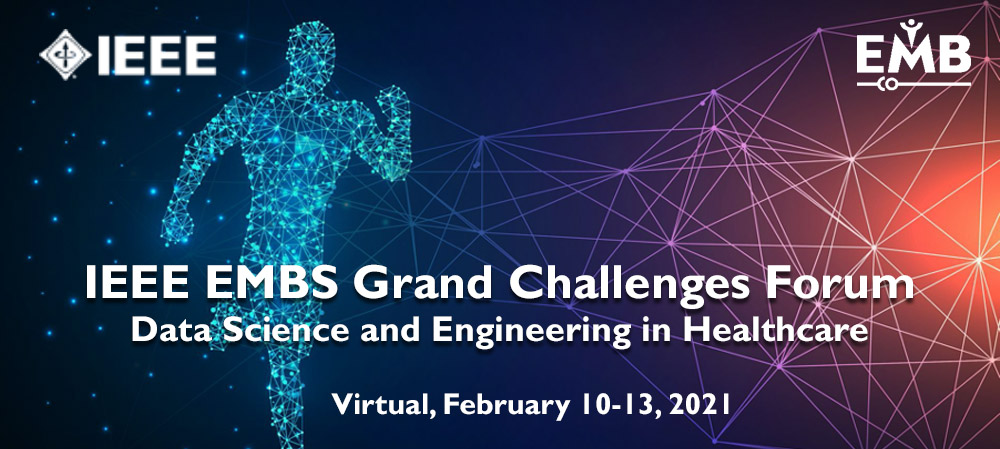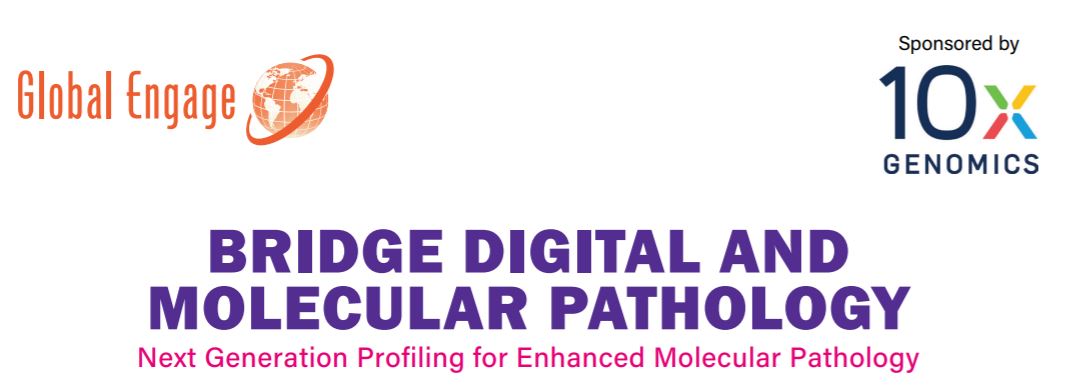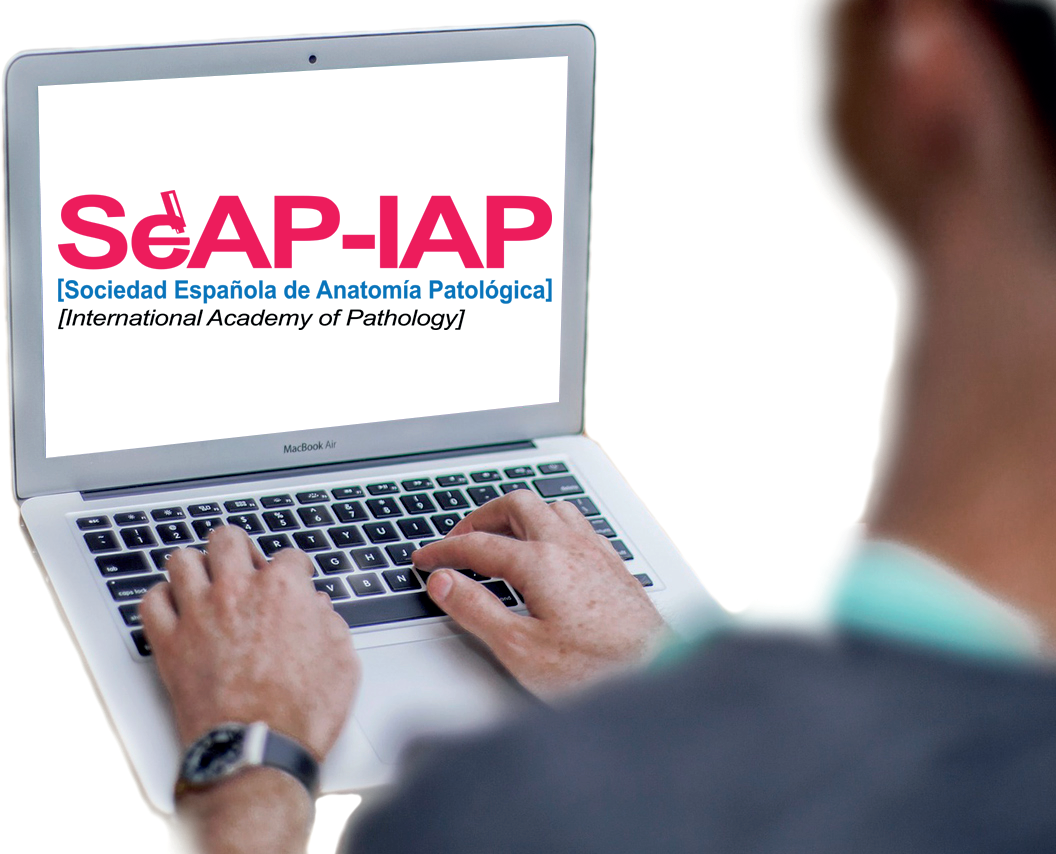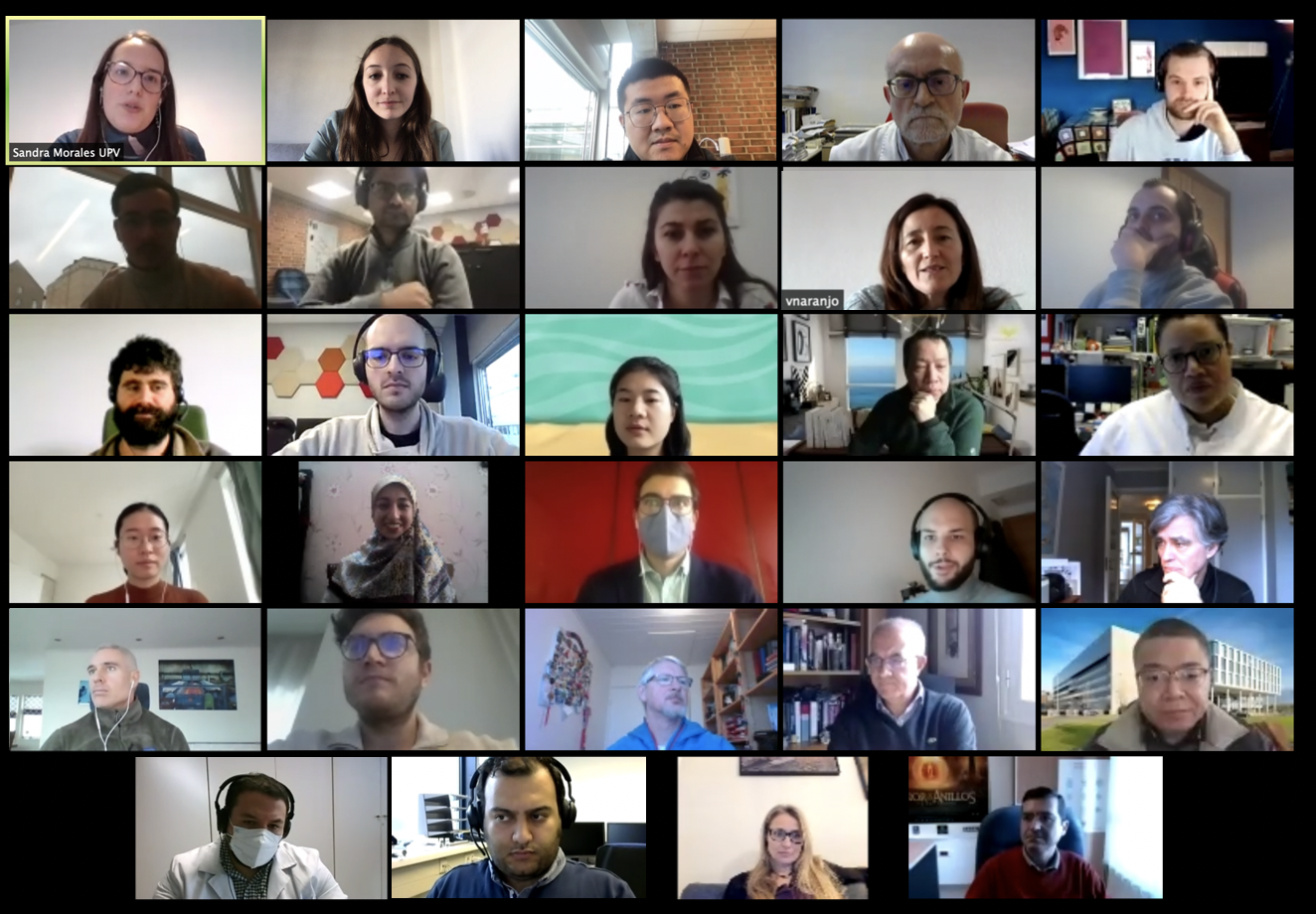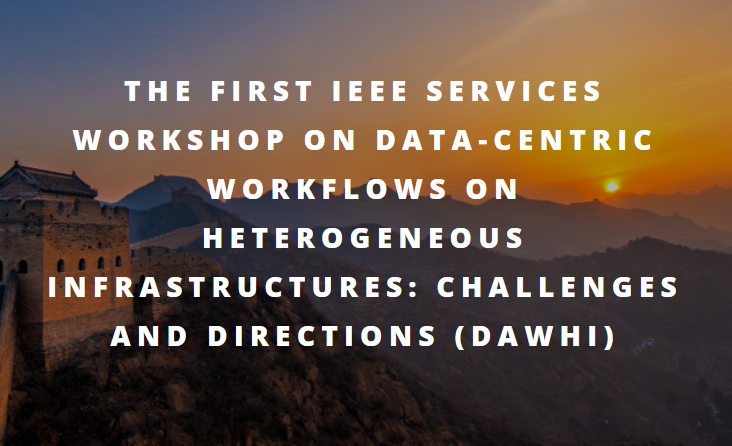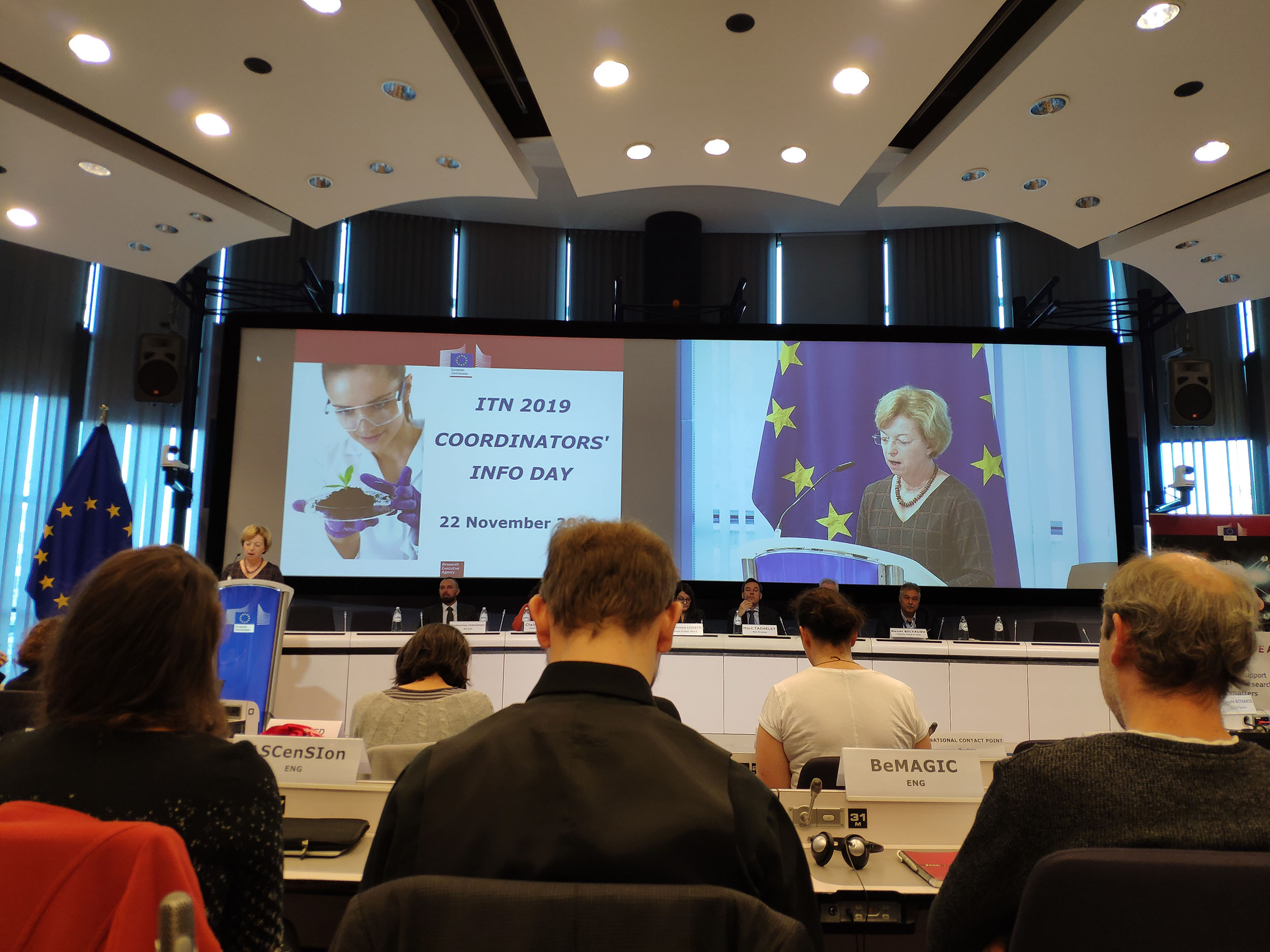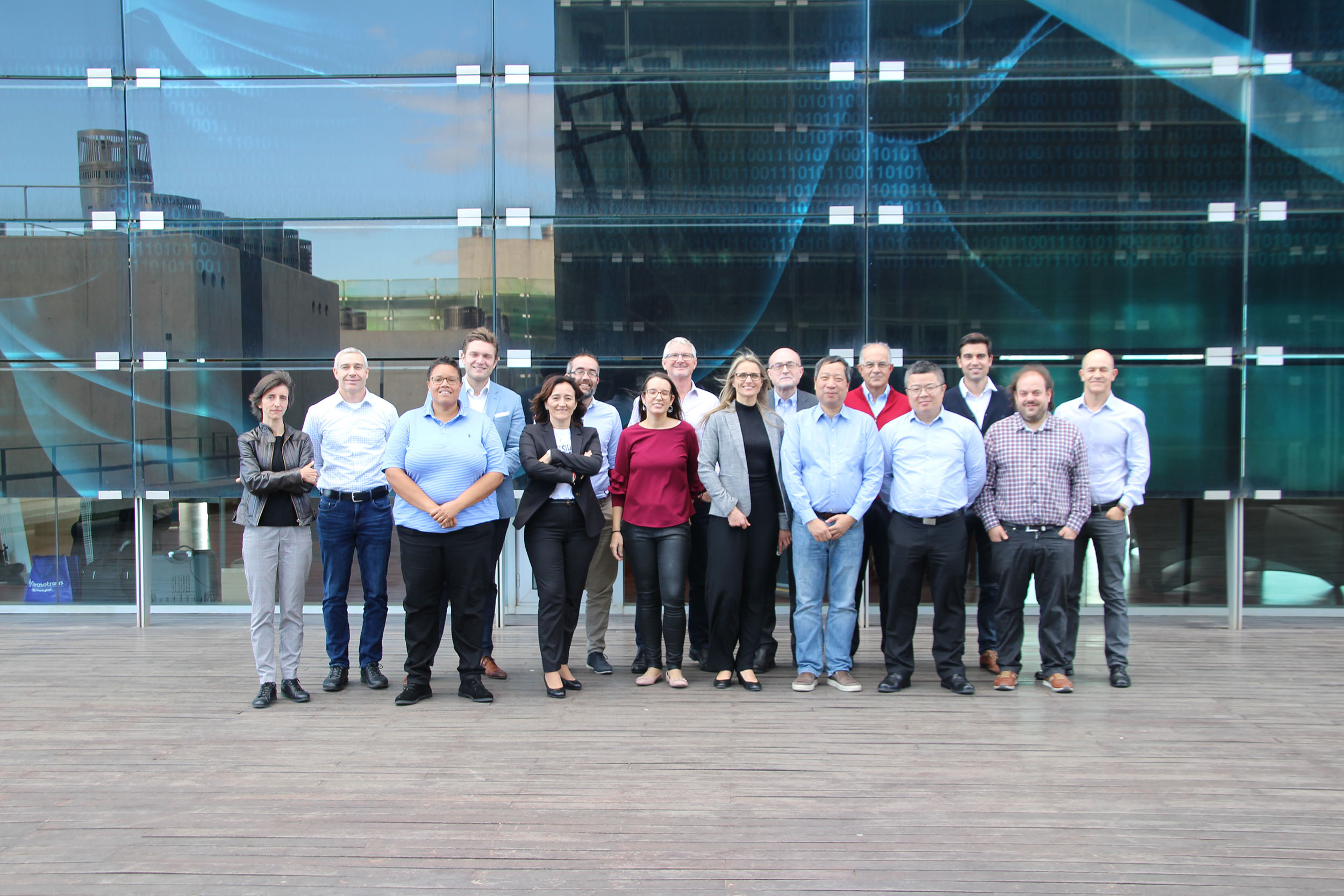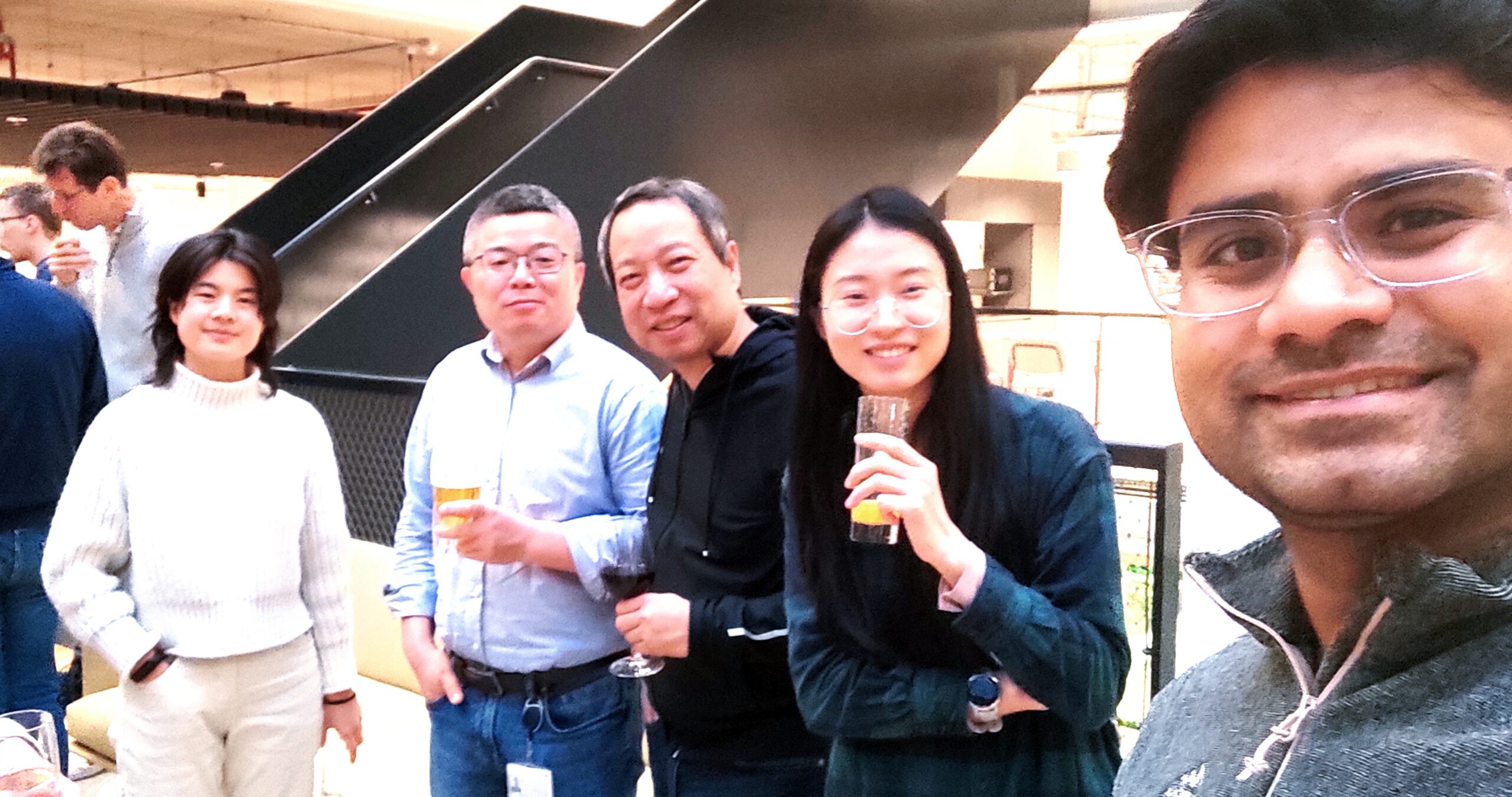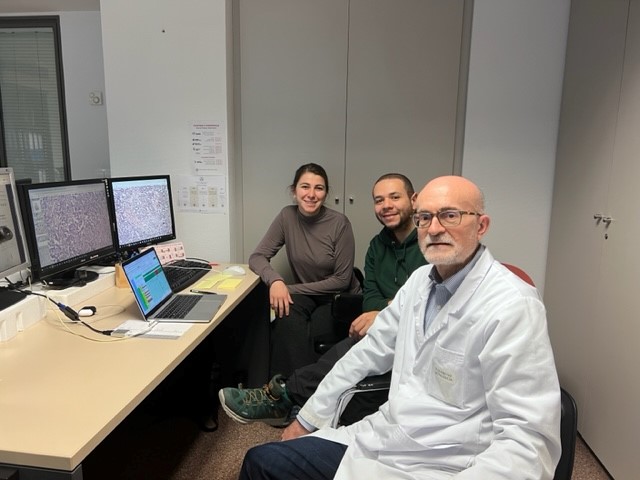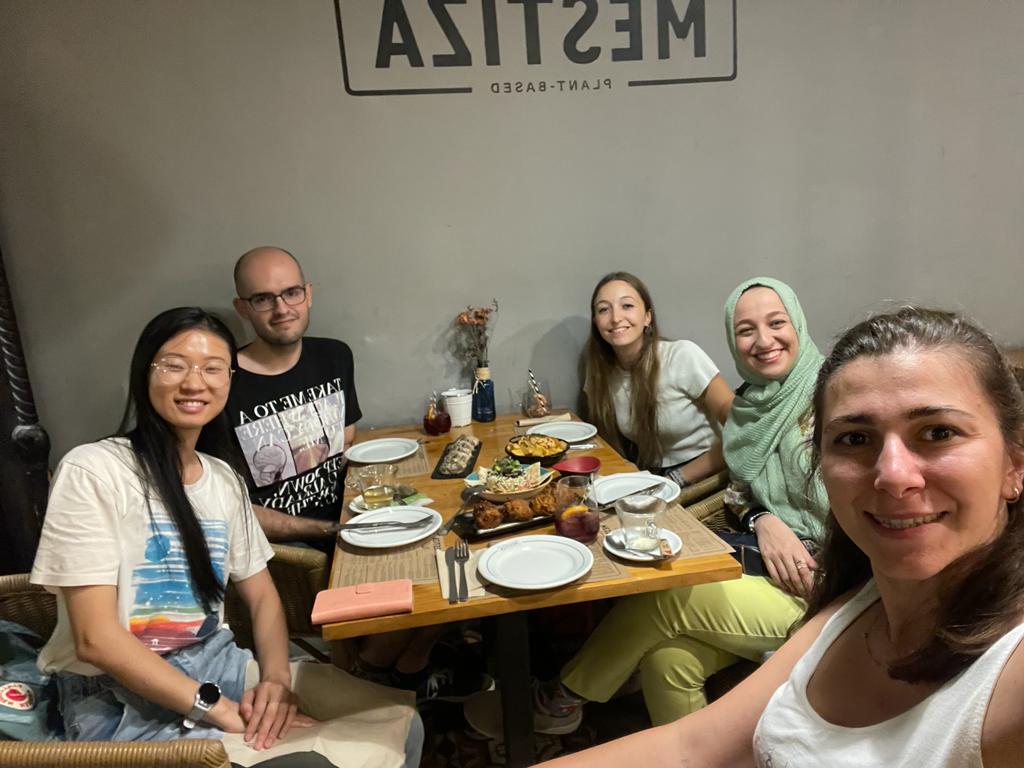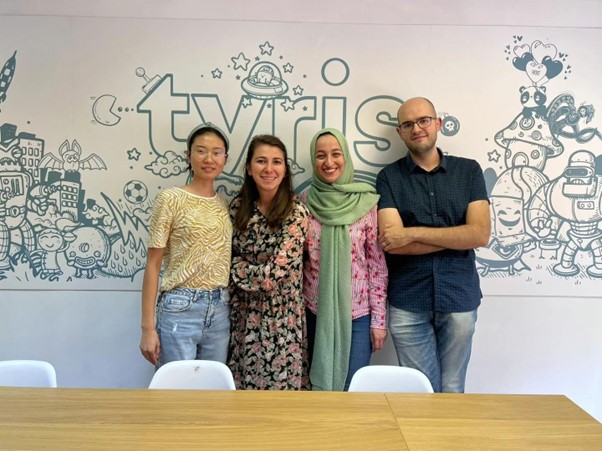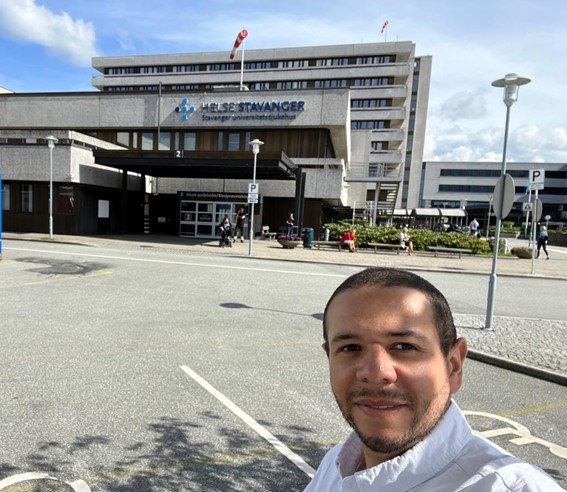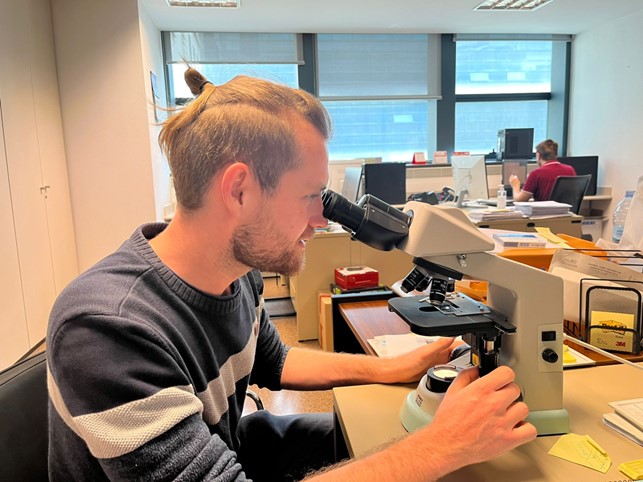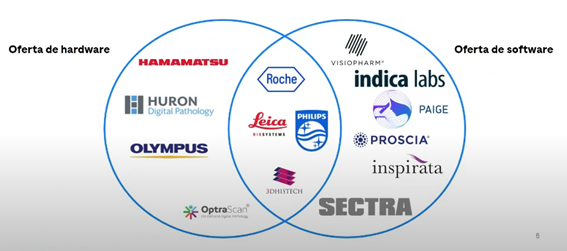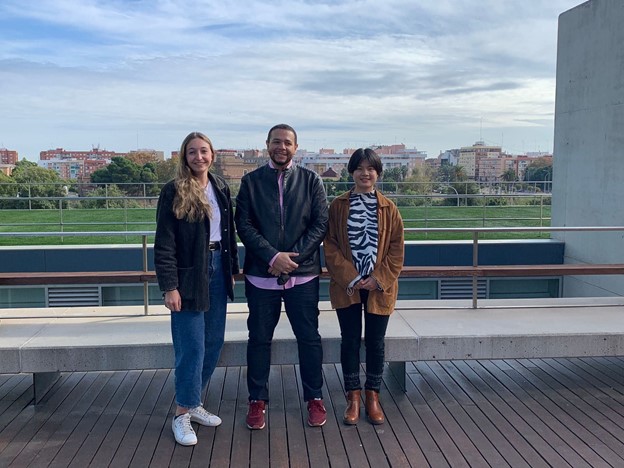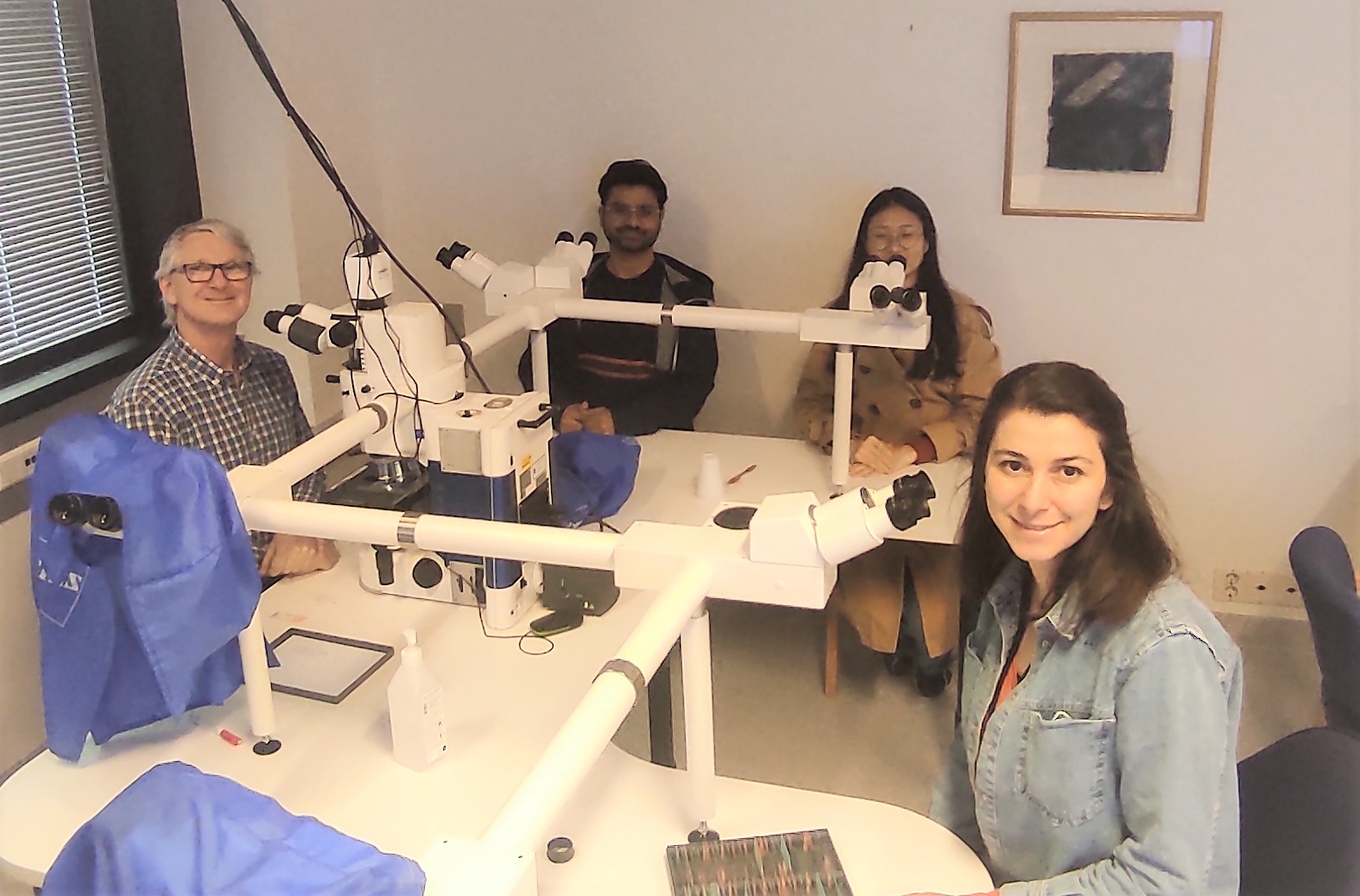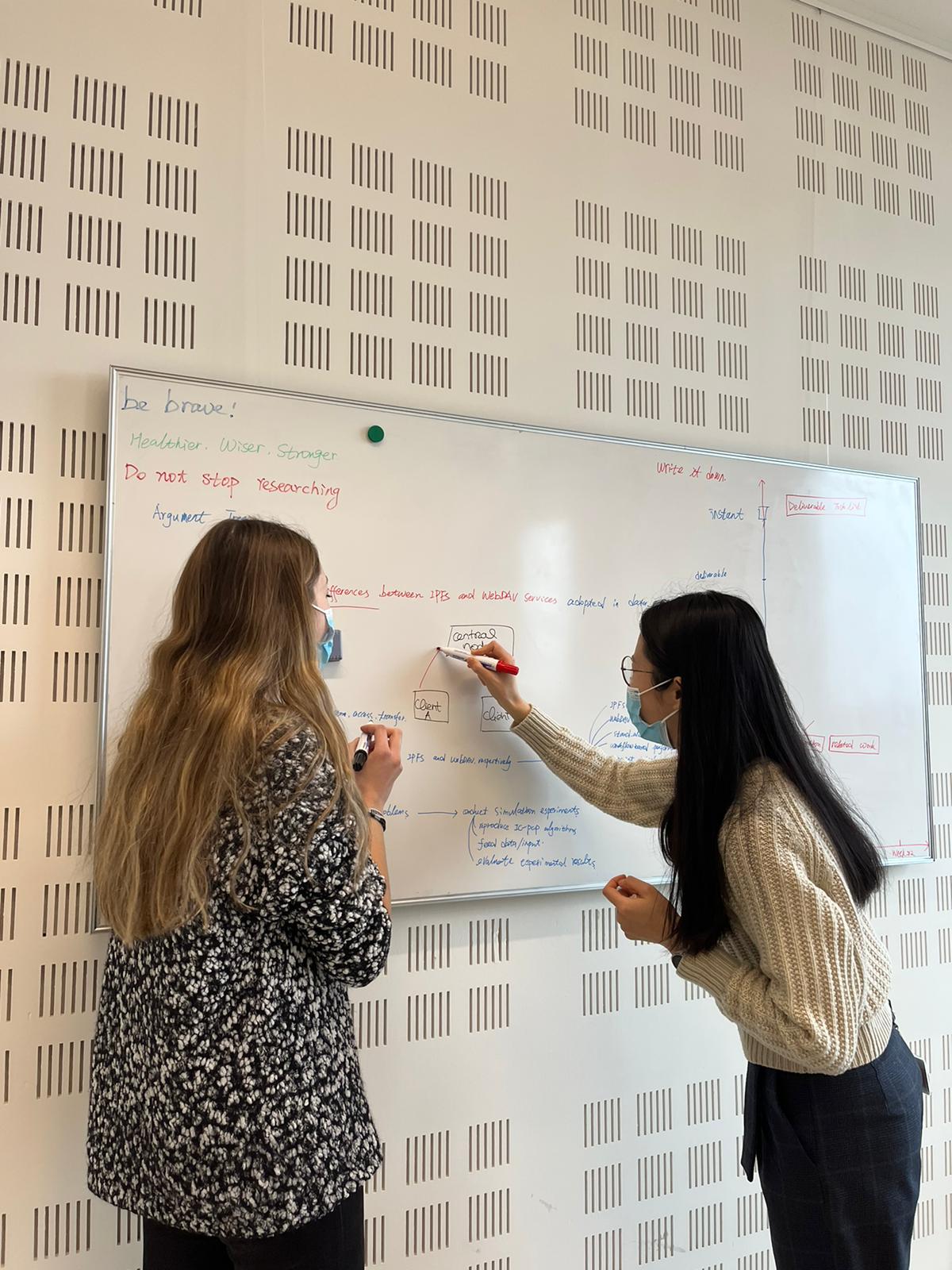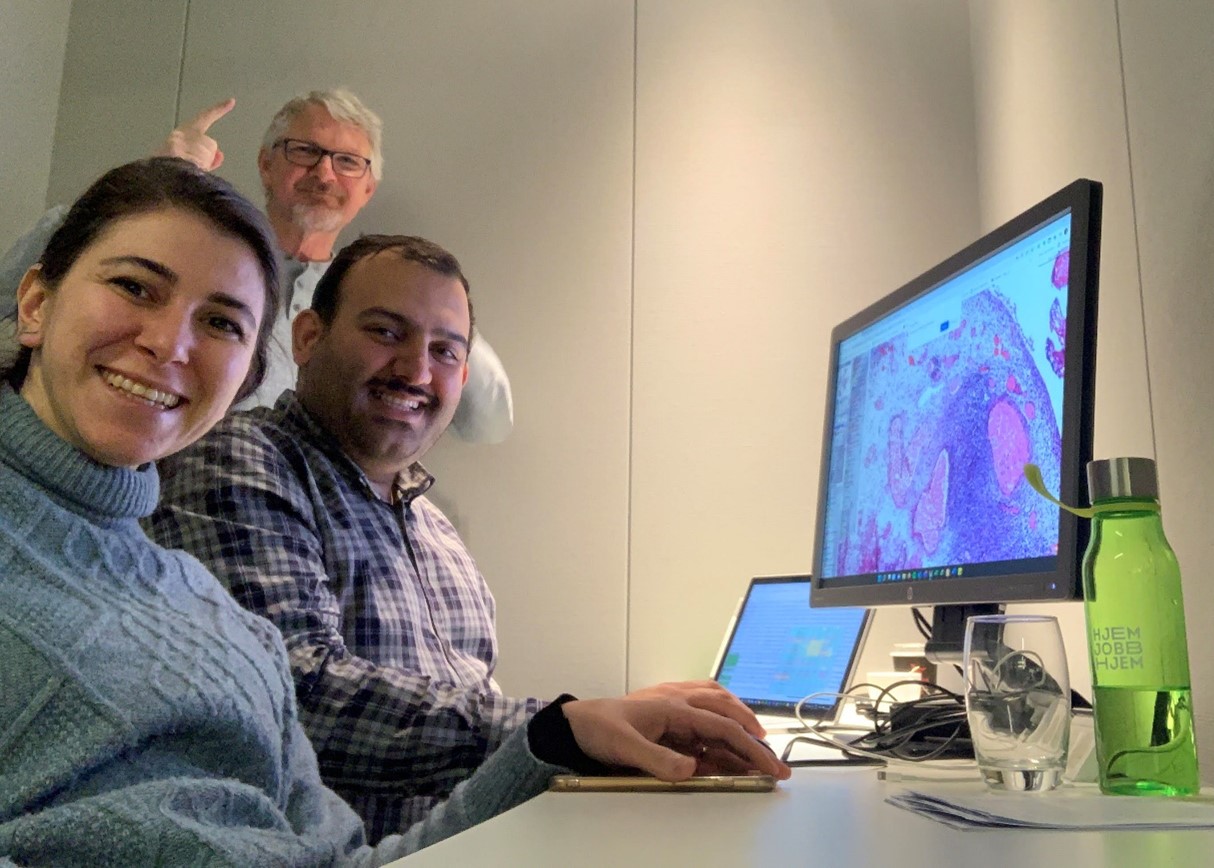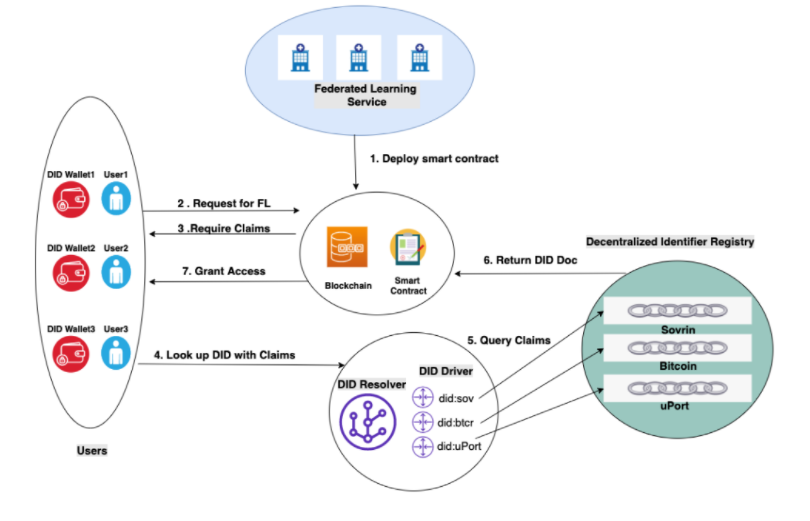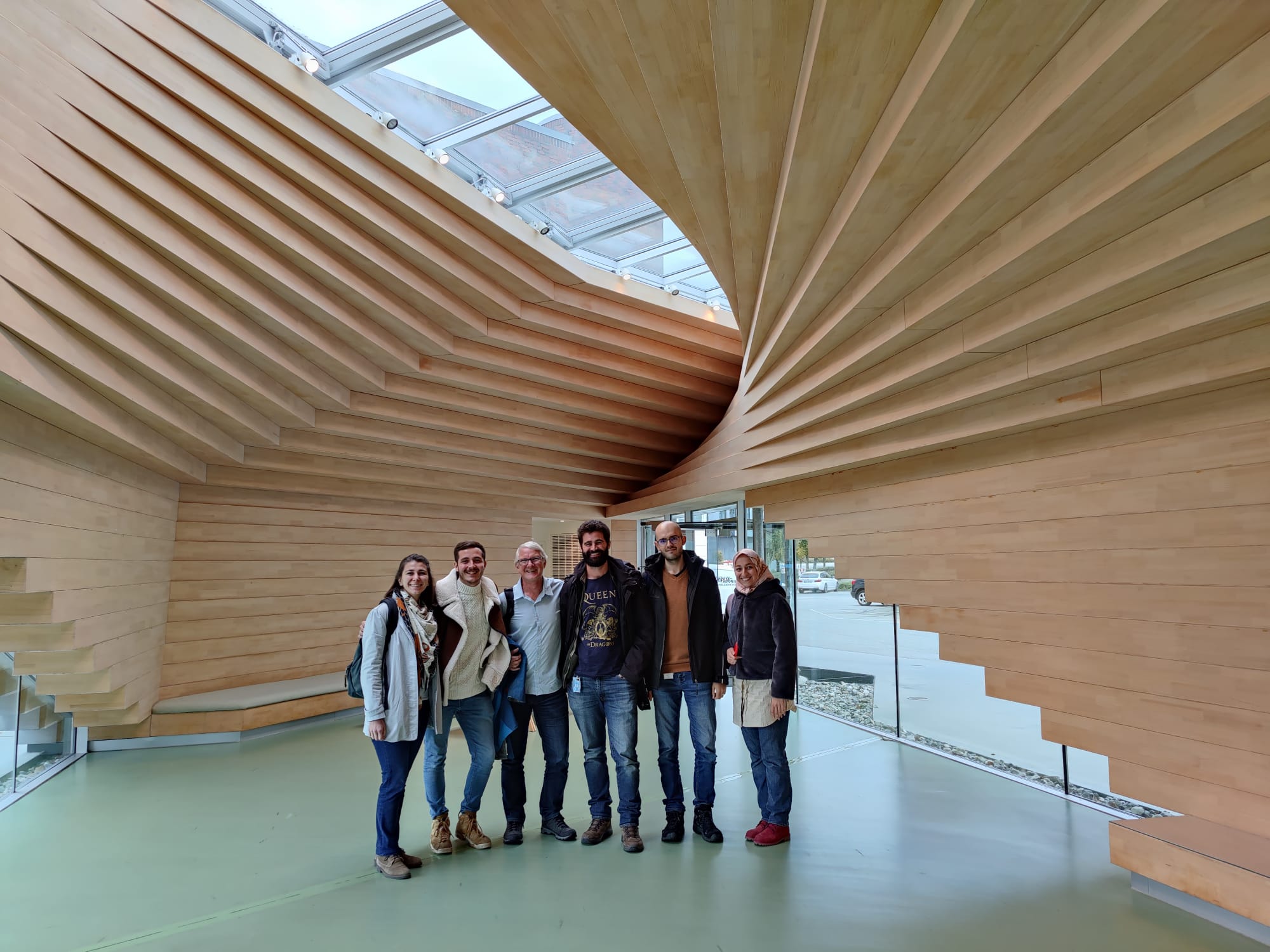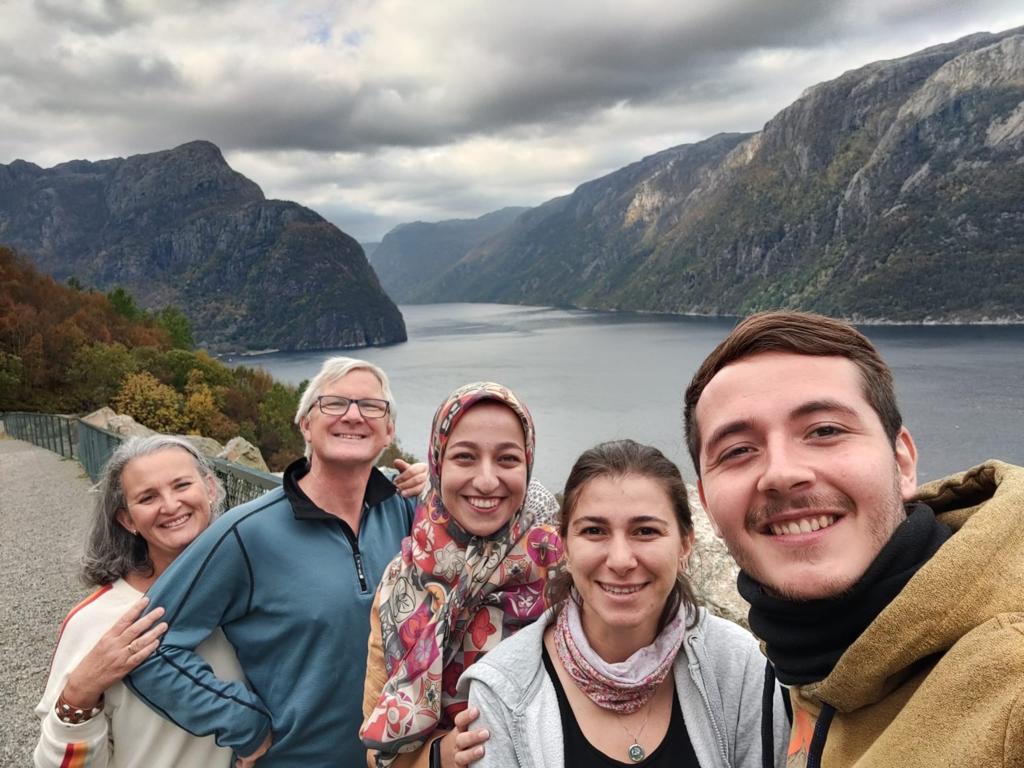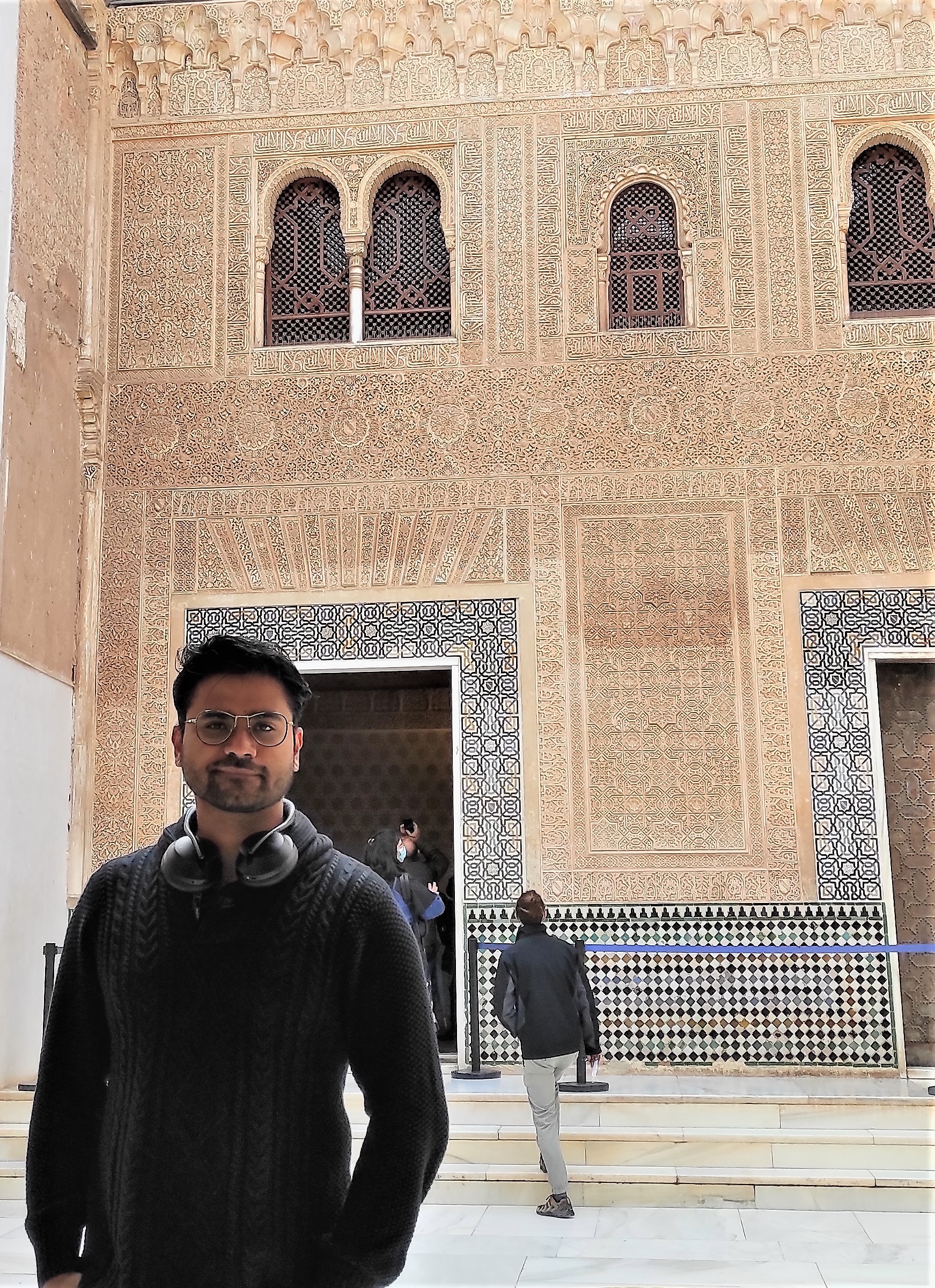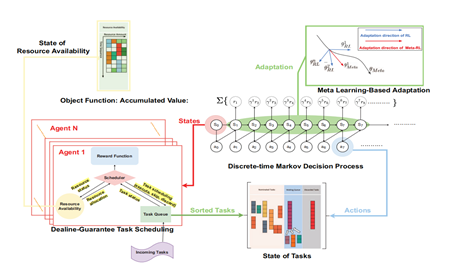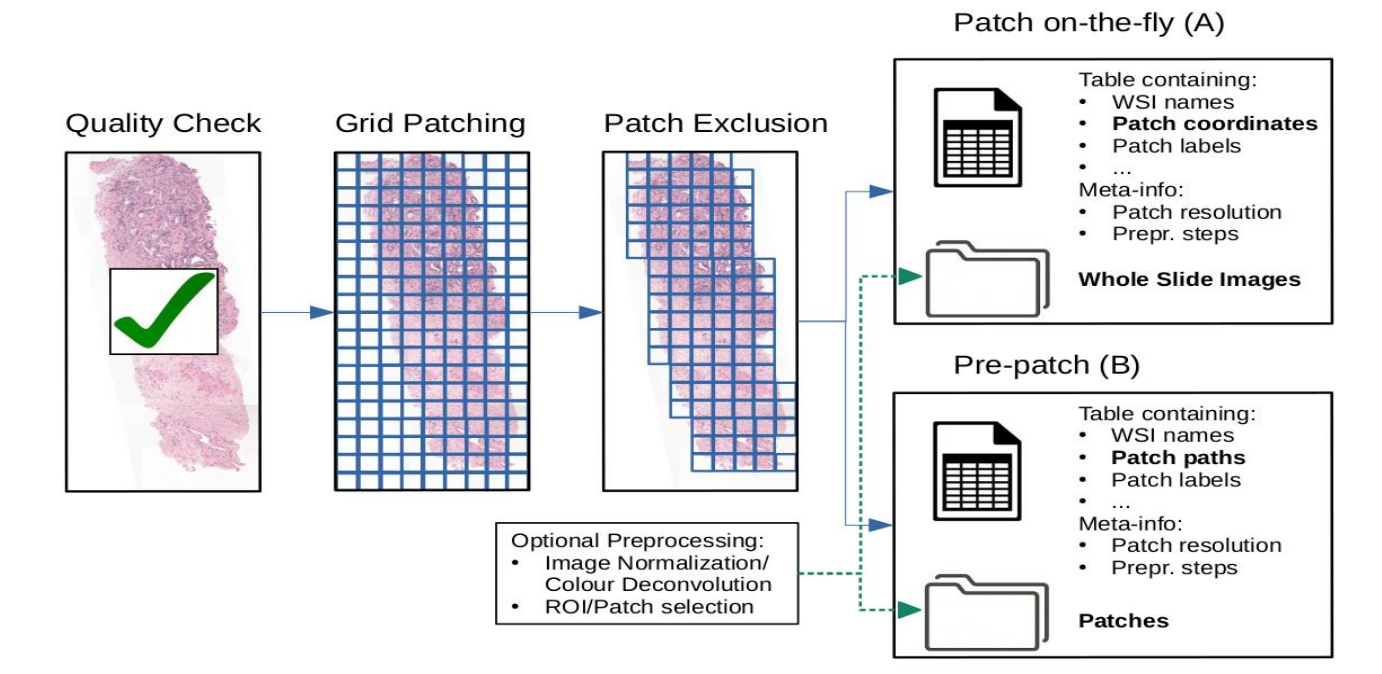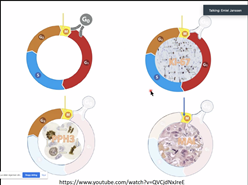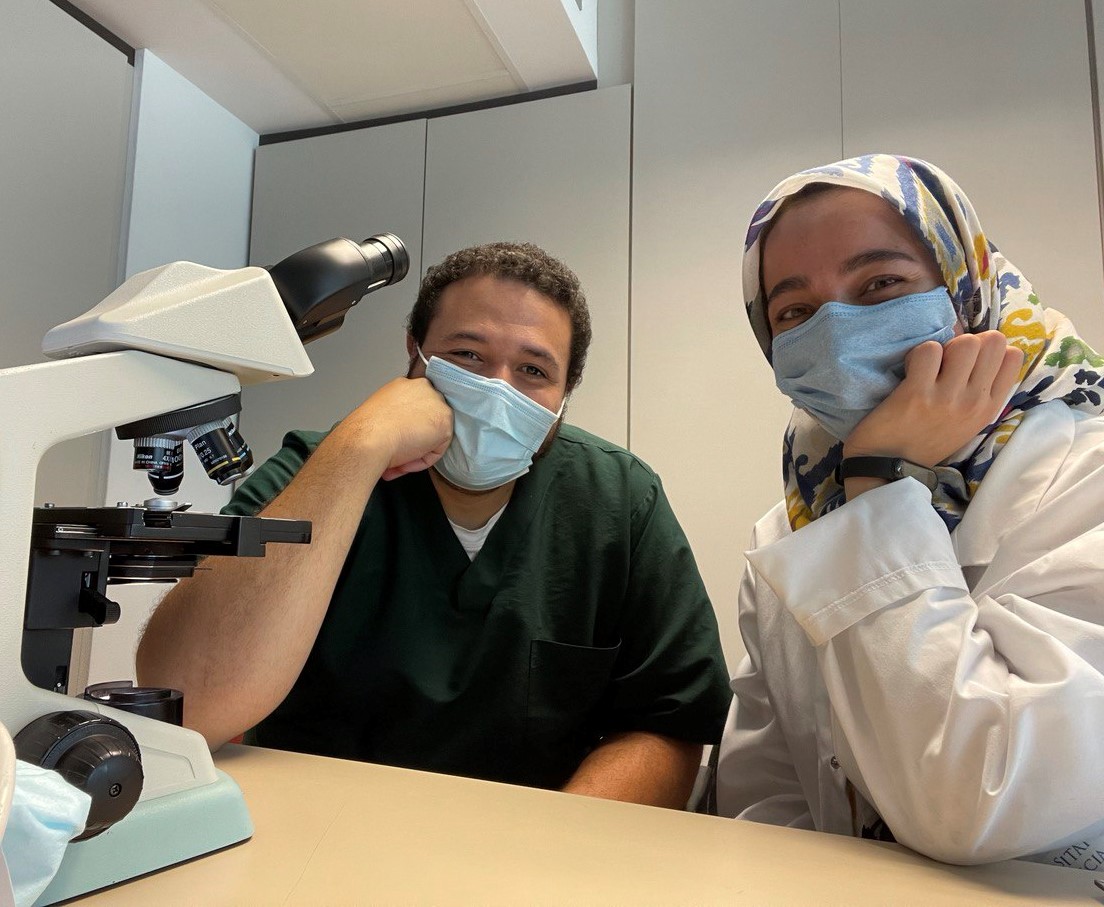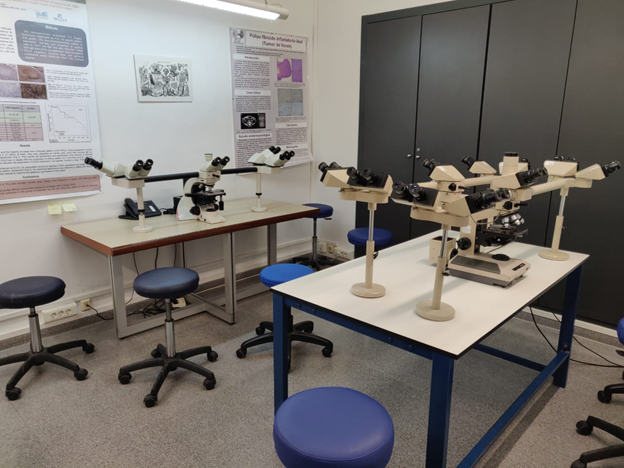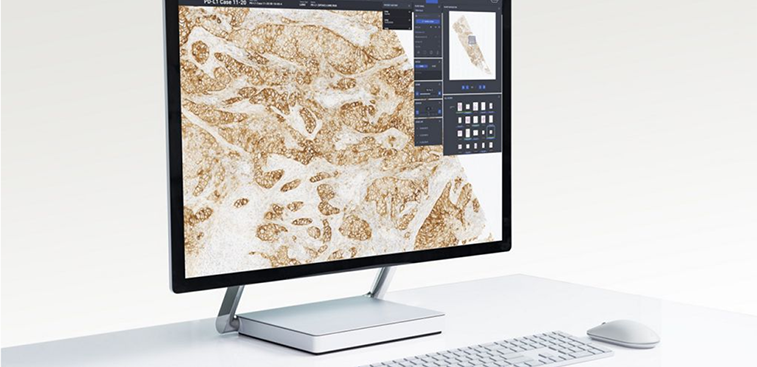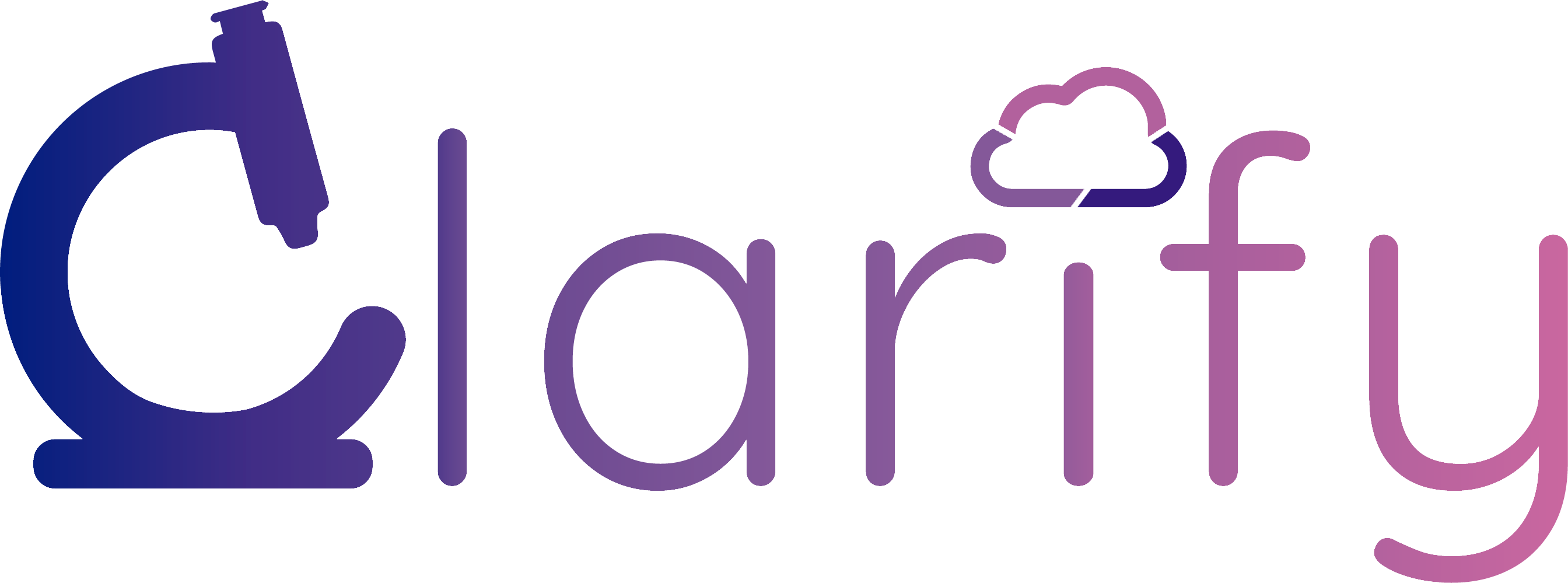
CLoud ARtificial Intelligence For pathologY
About project

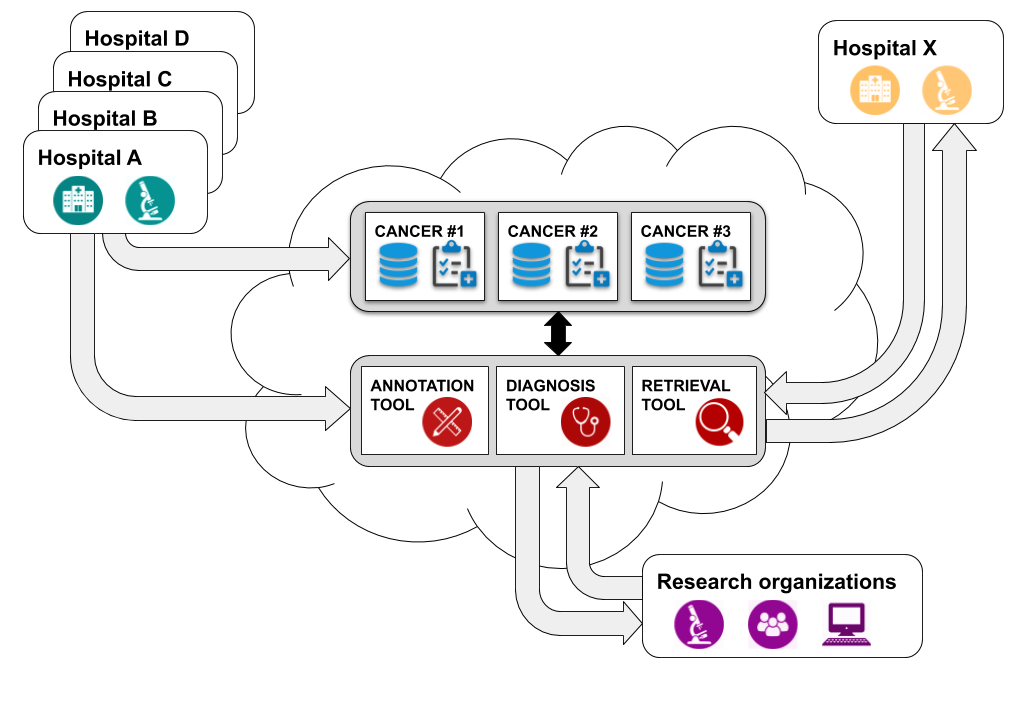
OVERVIEW
CLARIFY is an innovative, multinational, multi-sectorial, and multidisciplinary research and training programme that links two highly differentiated specialities: engineering and medicine, to produce 12 Early Stage Researchers (ESRs) in artificial intelligence (AI), cloud computing and clinical pathology with the focus on digital pathology.
CLARIFY’s main goal is to develop a robust automated digital diagnostic environment based on artificial intelligence and cloud-oriented data algorithms that facilitates whole-slide-image (WSI) interpretation and diagnosis everywhere with the aim of maximising the benefits of digital pathology and aiding pathologists in their daily work.
CLARIFY gathers relevant scientific staff from academia, industry and leading hospitals ensuring that CLARIFY’s ESRs, as well as, future PhD students following the same tracks, will have outstanding Career Opportunities within the digital pathology sector and beyond.
Specific and challenging cancer types have been selected to test the tools and methods developed through the project reflecting the existing variability in cancer diagnosis: Triple negative breast cancer (TNBC), High-risk non-muscle invasive bladder cancer (HR-NMIBC) and Spitzoid melanocytic lesions (SML).
Project ID
860627

H2020 -MSCA - ITN - 2019
Total Cost
€ 3 220 753,32
EU Contribution
%
Researchers
12 Early Stage Researchers
OBJECTIVES
SCIENTIFIC: The main scientific goal of CLARIFY is to create a research infrastructure based on digital image processing, artificial intelligence and cloud computing to enhance knowledge sharing and reach better-informed decisions in pathology. This ambitious goal breaks down as follows:
1
Advanced image processing techniques and artificial intelligence methods for automatic WSI interpretation with two purposes: diagnosis and image retrieval.
2
Novel cloud-oriented data infrastructure and algorithms: to securely store, retrieve and share a publicly available WSI database assuring data interoperability and portability
3
Innovative and user-friendly software: computer-aided diagnosis and content-based image retrieval tools based on artificial intelligence and cloud-computing algorithms to improve workflow efficiency, stimulate collaboration and increase diagnostic confidence at pathology labs no matter their location.
TRAINING: CLARIFY will provide a high-level personalised multidisciplinary training program. This will include enrolment in a PhD program (in two tracks: engineering and medicine) as well as further education in transferable skills (such as entrepreneurship, project management, ethical issues, IPR, open access). The long-term ambition is evolving scientific leadership – a foundation for ERC starting grants and/or industry leadership – Industry Fellow.
DISSEMINATION AND OUTREACH: Disseminate the digital pathology methods and tools developed by the ITN to a wide spectrum of stakeholders ranging from the scientific community to clinicians and industry; create awareness in the pathology field about the need of using new technologies to reduce their workload; to encourage pathology and computer engineer vocational careers among young students, with special emphasis on women.
News
Supervisory Board (SB) and ESR Supervisors (ES)
External Advisory Board
Researchers
Events
Secondments
Dissemination
Conference Papers
2020 IEEE Services: IEEE World Congress on Services (19-24 Oct-2020; Online)
Wang, Y., Zhao, Z., Decentralized workflow management on software defined infrastructure, 1st Workshop On Data-Centric Workflows On Heterogeneous Infrastructures: Challenges And Directions (DAWHI) in the context of IEEE Services Congress, 2020. http://doi.org/10.1109/SERVICES48979.2020.00059
HPCS 2020: International Conference on High Performance Computing & Simulation (22-27 March-2021; Online)
Kruijer W., Wang Y., Koulouzis S., Li N., Bianchi R., Zhao, Z.: FAIR-Cells: an interactive tool for enabling the FAIRness of code fragments in Jupyter notebooks, in the proceedings of international conference of High Performance Computing and Simulation (HPCS) (2020), Spain.
Yongli Mou, Jiahui Geng, Sascha Welten, Chunming Rong, Stefan Decker, and Oya Beyan, Optimized Federated Learning on Class-biased Distributed Data Sources. 4th Workshop on Parallel, Distributed and Federated Learning at ECML-PKDD 2021.
MICCAI 2021: International Conference on Medical Image Computingand Computer Assisted Intervention (27 Sep – 1 Oct 2021; Online)
Yunan Wu, Arne Schmidt, Enrique Hernández Sánchez, Rafael Molina, and Aggelos K. Katsaggelos, Combining Attention-based Multiple Instance Learning and Gaussian Processes for CT Hemorrhage Detection. 24th International Conference on Medical Image Computing and Computer Assisted Intervention (MICCAI 2021).
FL-AAAI-22: International Workshop on Trustable, Verifiable and Auditable Federated Learning in Conjuction with AAAI 2022 (2 March- 2022; Online)
YJiahui Geng, Ynli Mou, Feifei Li, Qing Li, Oya Beyan, Stefan decker, Chunming Rong, Towards General Deep Leakage in Federated Learning, in the International Workshop on Trustable, Verifiable and Auditable Federated Learning in Conjunction with AAAI 2022 (FL-AAAI-22).
hAIST 2022: Health-related Artificial Intelligence in Stavager (June 2022)
Neel Kanwal, Farbod Khoraminia, Tahlita Zuiverloon, Chunming Rong, and Kjersti Engan, Detection of Histopathological Artifacts in Whole Slide Images, in the Health-related Artificial Intelligence in Stavanger (hAIST-22).
IVMSP 2022: IEEE Image, Video, and Multidimensional Signal Processing Workshop (June 2022)
Neel Kanwal, Saul Fuster, Farbod Khoraminia, Tahlita C.M. Zuiverloon, Chunming Rong, Kjersti Engan, Quantifying the effect of color processing on blood and damaged tissue detection in Whole Slide Images. 14th Image, Video, and Multidimensional Signal Processing Workshop (IVMSP 2022)
IVMSP 2022: IEEE Image, Video, and Multidimensional Signal Processing Workshop (June 2022)
Saul Fuster, Farbod Khoraminia, Umay Kiraz, Neel Kanwal, Vebjørn Kvikstad, Trygve Eftestøl, Tahlita C.M. Zuiverloon, Emilius A. M. Janssen, Kjersti Engan, Invasive Cancerous Area Detection in Non-Muscle Invasive Bladder Cancer Whole Slide Images. 14th Image, Video, and Multidimensional Signal Processing Workshop (IVMSP 2022)
IVMSP 2022: IEEE Image, Video, and Multidimensional Signal Processing Workshop (June 2022)
Zahra Tabatabaei, Javier Oliver, Valery Naranjo, Kjersti Engan, Residual block Convolutional Auto Encoder in Content- Based Medical Image Retrieval . 14th Image, Video, and Multidimensional Signal Processing Workshop (IVMSP 2022)
eScience 2022: IEEE International Conference on e-Science (October 2022)
Na Li, Siamak Farshidi, Riccardo Bianchi, Spiros Koulouzis, Zhiming Zhao, Context-Aware Notebook Search in a Jupyter-Based Virtual Research Environment. 18th International Conference on e-Science (eScience 2022)
ICIP 2022: International Conference on Image Processing (October 2022)
Launet, L., Colomer, A., Mosquera-Zamudio, A., Moscardó, A., Monteagudo, C., & Naranjo, V., A Self-Training Weakly-Supervised Framework for PathologistLike Histopathological Image Analysis. 29th International Conference on Image Processing (ICIP 2022)
Journal Papers
Rocío del Amor, Adrián Colomer, Carlos Monteagudo, Valery Naranjo, A deep embedded refined clustering approach for breast cancer distinction based on DNA methylation, Neural Computing and Applications, 2021.
Sandra Morales, Kjersti Engan, Valery Naranjo, Artificial intelligence in computational pathology – challenges and future directions, Digital Signal Processing, 2021, 103196, ISSN 1051-2004.
del Amor, R., Launet, L., Colomer, A., Moscardó, A., Mosquera–Zamudio, A., Monteagudo, C., & Naranjo, V, An attention-based weakly supervised framework for spitzoid melanocytic lesion diagnosis in whole slide images, Artificial Intelligence in Medicine, 2021.
Rocío del Amor, Laëtitia Launet, Adrián Colomer, Anaïs Moscardó, Andrés Mosquera-Zamudio, Carlos Monteagudo, Valery Naranjo, An attention-based weakly supervised framework for spitzoid melanocytic lesion diagnosis in whole slide images, Artificial intelligence in medicine, 2021.
Arne Schmidt, Julio Silva-Rodríguez, Rafael Molina and Valery Naranjo, Efficient Cancer Classification by Coupling Semi Supervised and Multiple Instance Learning, IEEE Access, 2022.
Yuandou Wang, Spiros Koulouzis, Riccardo Bianchi, Na Li, Yifang Shi, Joris Timmermans, W. Daniel Kissling, Zhiming Zhao, Scaling Notebooks as Re-configurable Cloud Workflows, Data Intelligence, 2022.
Chunming Rong, Jiahui Geng, Thomas J. Hacker, Haakon Bryhni, Martin G. Jaatun, OpenIaC: open infrastructure as code – the network is my computer, Journal of Cloud Computing, 2022.
Zhiming Zhao, Spiros Koulouzis, Riccardo Bianchi, Siamak Farshidi, Zeshun Shi, Ruyue Xin, Yuandou Wang, Na Li, Yifang Shi, Joris Timmermans, W. Daniel Kissling,Notebook-as-a-VRE (NaaVRE): From private notebooks to a collaborative cloud virtual research environment, Software – Practice and Experience, 2022.
Neel Kanwal, Fernando Pérez-Bueno, Arne Schmidt, Kjersti Engan and Rafael Molina, The Devil is in the Details: Whole Slide Image Acquisition and Processing for Artifacts Detection, Color Variation, and Data Augmentation: A Review, IEEE Access, 2022.
M. López-Pérez, A. Schmidt, Y. Wu, R. Molina, and A.K. Katsaggelos, Deep Gaussian Processes for Multiple Instance Learning: Application to CT Intracranial Hemorrhage Detection, Computer Methods and Programs in Biomedicine, 2022.
J. Silva-Rodríguez, A. Schmidt, M. A. Sales, R. Molina, and V. Naranjo, Proportion constrained weakly supervised histopathology image classification, Computer in Biology and Medicine, 2022.
Newsletters
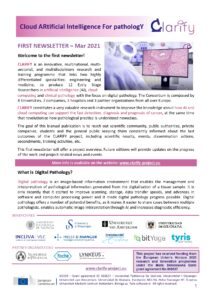 |
|
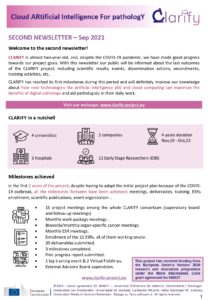 |
|
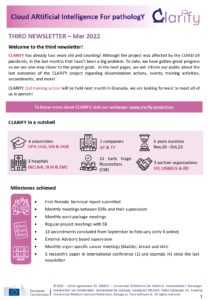 |
|
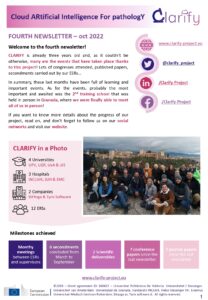 |
|
 |
|
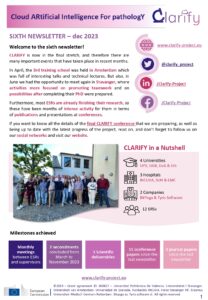 |
|
Deliverables
Deliverable D1.2: ESRs definition and advertisement
Definition of the different ESRs profiles and advertisements.
Deliverable D5.6: Report on network‐wide training events_v2
Report including the network training events carried out in the period.
Deliverable D2.1: Metadata standardization strategy and database
Collection of a substantial reference and anonymized data set of WSIs for a subset of cancer types and subsequent annotation with clinically relevant multidisciplinary information Description of metadata to be included as part of the reference dataset Description of metadata standardization strategy.
Deliverable D5.1: Report on network‐wide training events_v1
Report including the network training events carried out in the period.
Deliverable 6.4: CLARIFY repositories for open access
Definition of CLARIFYs open access policies and procedures to store and preserve CLARIFYs data in selected repositories.
Deliverable D1.3: Recruitment completion
List of the recruited ESRs.
Deliverable D3.1: WSI preprocessing and standardization protocol
Description of WSI preprocessing algorithms and standardization protocol to be used.
Reporting
Discover our blog: From Clarify to the world
This is the CLARIFY project blog where our researchers will share their motivations, aspirations and achievements
Contact us

VALERY NARANJO
Project Coordinator
Universitat Politècnica de València
Camino de Vera s/n,
46022 Valencia (España)
Ciudad Politécnica de la Innovación
Edificio 8B – Cubo Azul – Acceso N

